Description
Introduction to Machail
Machail, a serene high-altitude village nestled deep within the Padder Valley of Kishtwar district, Jammu and Kashmir, is a place of extraordinary spiritual and natural significance. Best known for the sacred Machail Mata Temple dedicated to Goddess Chandi, the village sits at an elevation of approximately 2,960 meters amidst alpine meadows, pine-clad slopes, and snow-capped peaks. While it remains a tranquil settlement for most of the year, the summer pilgrimage season transforms Machail into a bustling hub of devotion, drawing thousands of visitors. This rare combination of sacred tradition, stunning Himalayan landscapes, and the resilience of its highland culture makes Machail one of the jewels of the Kishtwar Himalayas.
Historical Background
The origins of Machail’s prominence lie in the legend of the Machail Mata shrine, where the deity is believed to be self-manifested. Elders of the region recount tales of the goddess’s blessings on the valley, making the temple a spiritual focal point for centuries before it became a major pilgrimage destination. The modern recognition of Machail took shape in the 1980s, when the annual “Chhadi Yatra” was formalized, guiding organized processions from Gulabgarh to the temple. This religious journey elevated Machail’s stature, influencing its economy, infrastructure, and cultural interactions. Despite modernization, the history of the village is still preserved primarily through oral traditions, devotional songs, and seasonal rituals.
Cultural Heritage of Padder Valley
Machail’s culture reflects a harmonious blend of spirituality, folklore, and high-altitude adaptation. The daily rhythm is shaped by temple activities—prayers, chants, and offerings to the goddess. Festivals during the yatra season feature Paddari and Bhaderwahi folk music, traditional drumming, and storytelling sessions that preserve ancestral memories. Houses are crafted from stone and timber to endure harsh winters, while woollen garments, shawls, and hand-knit caps form part of daily wear. Kinship and communal cooperation are central, with families working collectively in agriculture, hospitality, and festival organization, ensuring cultural continuity across generations.
Population and Demographics
According to the 2011 Census, Machail had about 312 residents in roughly 66 households. Males slightly outnumber females, and the literacy rate hovers around 62%, with male literacy higher than female literacy. By 2025, the population is projected to reach between 345 and 355, though seasonal fluctuations are common. During pilgrimage months, the village’s population temporarily multiplies many times over, with pilgrims, vendors, and seasonal workers filling the valley. Out-migration for education and employment is a recurring pattern, particularly among the youth seeking opportunities in towns and cities.
Natural Resources and Biodiversity
Machail’s environment is both rich and delicate, boasting coniferous forests, alpine pastures, and crystal-clear mountain streams. The region’s flora includes walnut trees, junipers, and medicinal plants such as kuth and morel mushrooms. Wildlife sightings may include pheasants, musk deer, and even the elusive snow leopard in higher reaches. In summer, wildflowers turn the meadows into colorful carpets, attracting trekkers and nature lovers. Water from Chenab tributaries sustains agriculture and livestock, while traditional grazing management practices protect the delicate alpine ecosystem.
Economic Activities and Livelihoods
The local economy is primarily subsistence-based, with terraced fields producing potatoes, rajma, maize, and millet. Livestock rearing is vital, providing dairy products, wool, and meat. The yatra season provides a significant economic boost—residents serve as guides, porters, shopkeepers, and homestay hosts. Local products such as walnuts, pine nuts, mushrooms, and herbal remedies are sold to pilgrims. Seasonal migration for employment in sectors like construction, army service, or government work supplements household income through remittances.
Principal Attractions
Religious Significance
The Machail Mata Temple is the spiritual heart of the village, drawing thousands each August during the Chhadi Yatra. The journey from Gulabgarh to Machail is a blend of religious devotion and physical endurance, offering a unique pilgrimage experience.
Natural Beauty and Trekking Trails
Beyond the temple, Machail is a gateway to scenic trekking routes such as the Barnaz Valley with its twin ponds, Sumcham Peak, and panoramic Dangal viewpoints. These trails showcase gushing rivers, high meadows, and glacial-fed streams, making it a paradise for adventure seekers.
Gastronomy: Local Cuisine
Machail’s cuisine is hearty, suited to its cold climate and physically demanding lifestyle. Millet rotis (kodre) with fresh ghee, rajma-chawal, and boiled potatoes with wild-green chutney are common staples. During yatra, free vegetarian meals—rice, dal, and chapati—are served in langars to thousands of pilgrims daily. Delicacies like gucchi mushrooms and dhlesh chapatis are seasonal treats, while salted tea, a Paddari specialty, provides warmth and energy in the chill.
Education and Skills
The village hosts only a primary school up to 5th standard, with students traveling to Gulabgarh, Kishtwar, or Jammu for higher education. Traditional skills like mountaineering, guiding, handicrafts, and animal husbandry are passed down informally within families. Seasonal NGOs occasionally conduct literacy drives and health awareness programs during yatra months, offering limited skill-building opportunities.
Healthcare and Wellness
Healthcare facilities in Machail are minimal, limited to basic first aid. For serious conditions, residents must travel to Gulabgarh or Kishtwar. During pilgrimage season, temporary medical camps are established for both locals and visitors. Herbal remedies and community caregiving remain important in everyday healthcare practices.
Connectivity and Transport
Mobile networks in Machail are unreliable, with only temporary improvements during yatra when boosters are installed. Electricity can be irregular, prompting the use of kerosene lamps, solar lanterns, and firewood.The journey to Machail typically begins from Jammu, with a 210 km drive to Kishtwar. From Kishtwar, travelers continue 65 km to Padder, followed by a 19.5 km motorable road to Chishoti. The final 8.5 km to Machail is currently a foot trek, though road development is in progress and may be completed in the next few years. Pilgrims can also opt for seasonal helicopter services during the yatra period. Within the village, movement is on foot, with ponies and porters available for carrying goods and luggage. The trekking route passes through picturesque meadows and river crossings but can be treacherous in bad weather, requiring proper preparation and local guidance.
Tourism Management and Sustainability
The community takes an active role in managing tourism during the yatra—organizing free food stalls, cleaning trails, and managing visitor movement. Treks to Barnaz Valley and Sumcham Peak are maintained informally but lack permanent conservation measures. There is significant potential for eco-tourism initiatives such as certified homestays, trained trekking guides, and structured waste management programs to protect the fragile environment.
Village Governance and Social Life
The panchayat and village elders guide decision-making, with a strong tradition of collective labor for public projects, festival organization, and mutual aid. Women’s self-help groups produce handicrafts and local food items for sale during pilgrimage, adding to household incomes. The social fabric is tightly knit, grounded in cooperation and mutual respect.
Arts, Sports, and Recreation
Cultural expression here is deeply devotional, centered on folk music, chants, and religious storytelling. In summer, open fields host informal games of cricket, volleyball, and kabaddi, while winters focus on handicraft-making and indoor gatherings. The arts remain intertwined with religious life, reflecting the spiritual soul of Machail.
Best Time to Visit: Seasonal Festivities
The most vibrant time to visit Machail is in August, during the Chhadi Yatra, when devotion, music, and cultural displays fill the valley. For those seeking solitude and pristine natural beauty, June and September offer quieter trekking opportunities while still showcasing the village’s charm.
Photos
Videos
Location Map
Amenities
- Website
- Online Darshan Booking
- Online Donation
- Accommodation Facility
- Pujari Details
Contact Information
| Address |
Machail Village |
| Phone Number |
8899143682 |
| Website | shrimachailmatayatra.com |
Reviews (1)


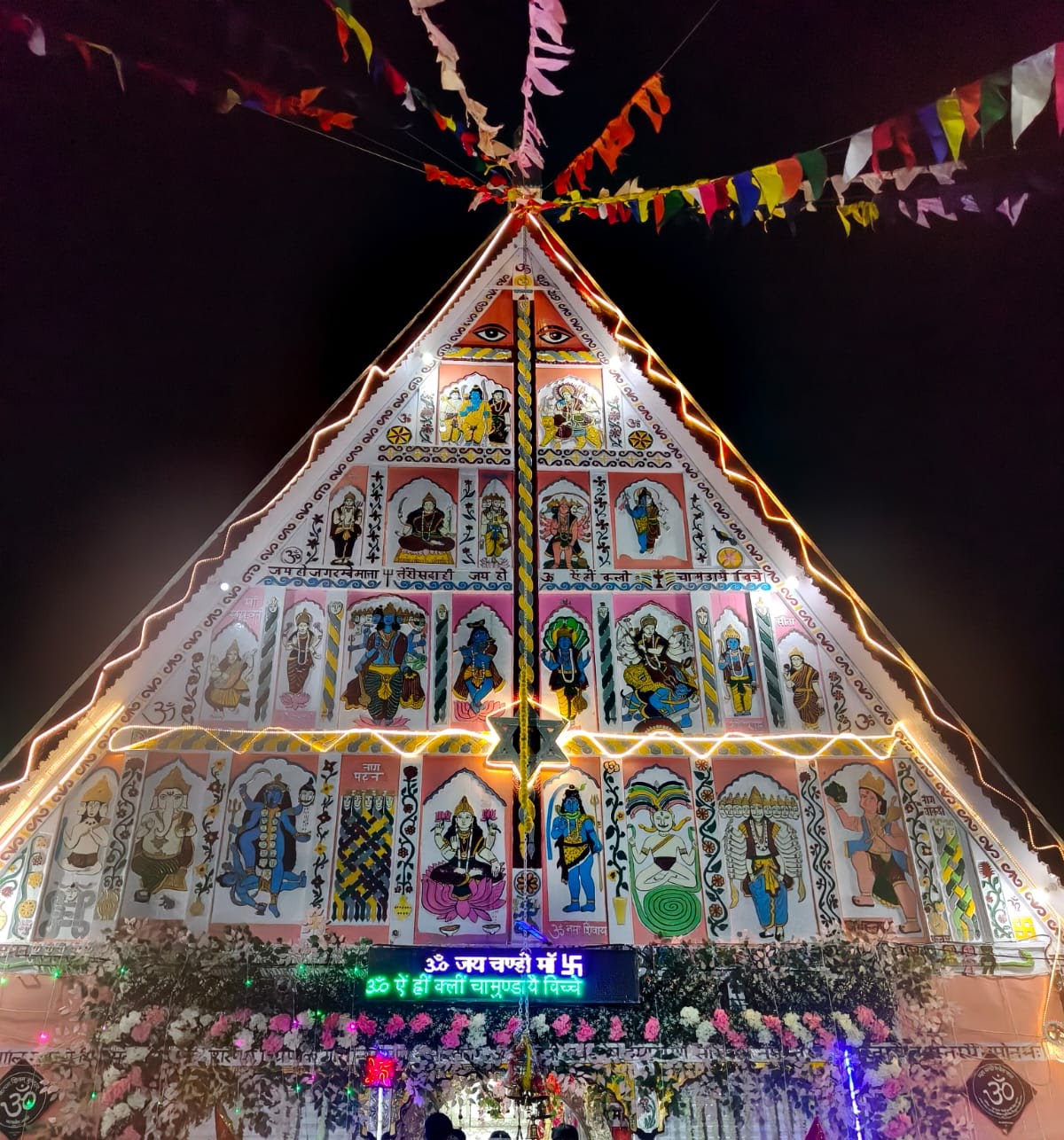

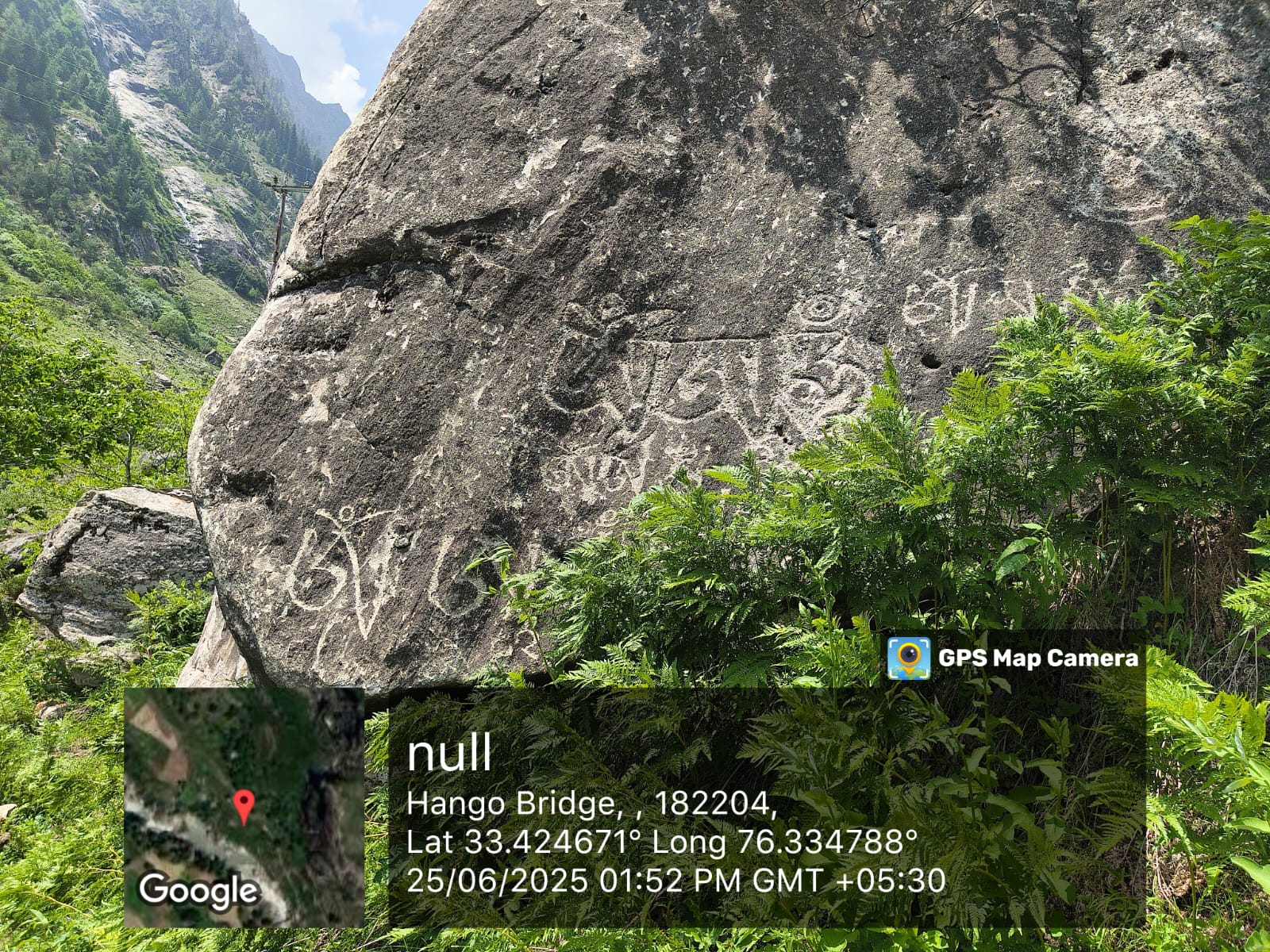
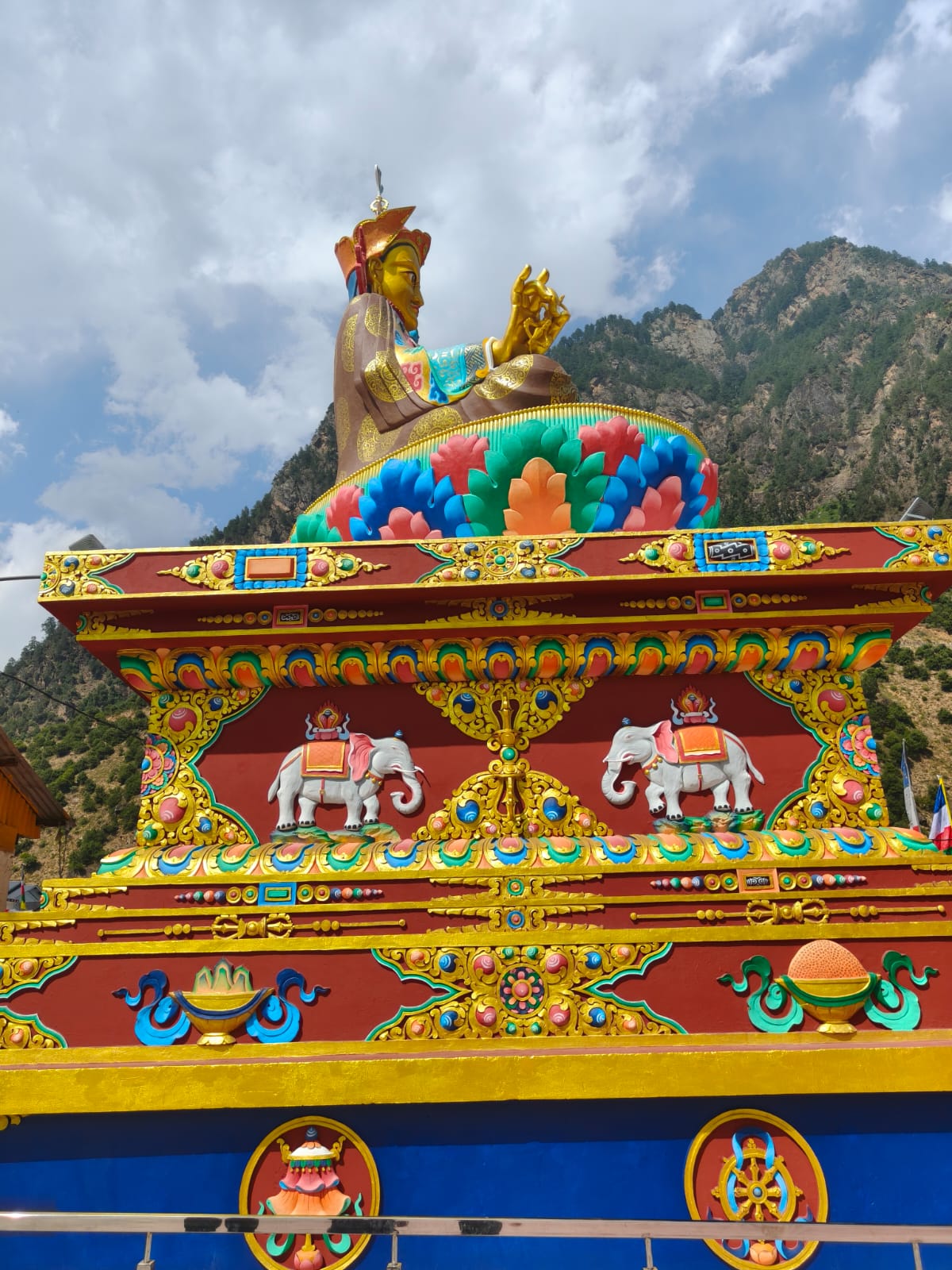
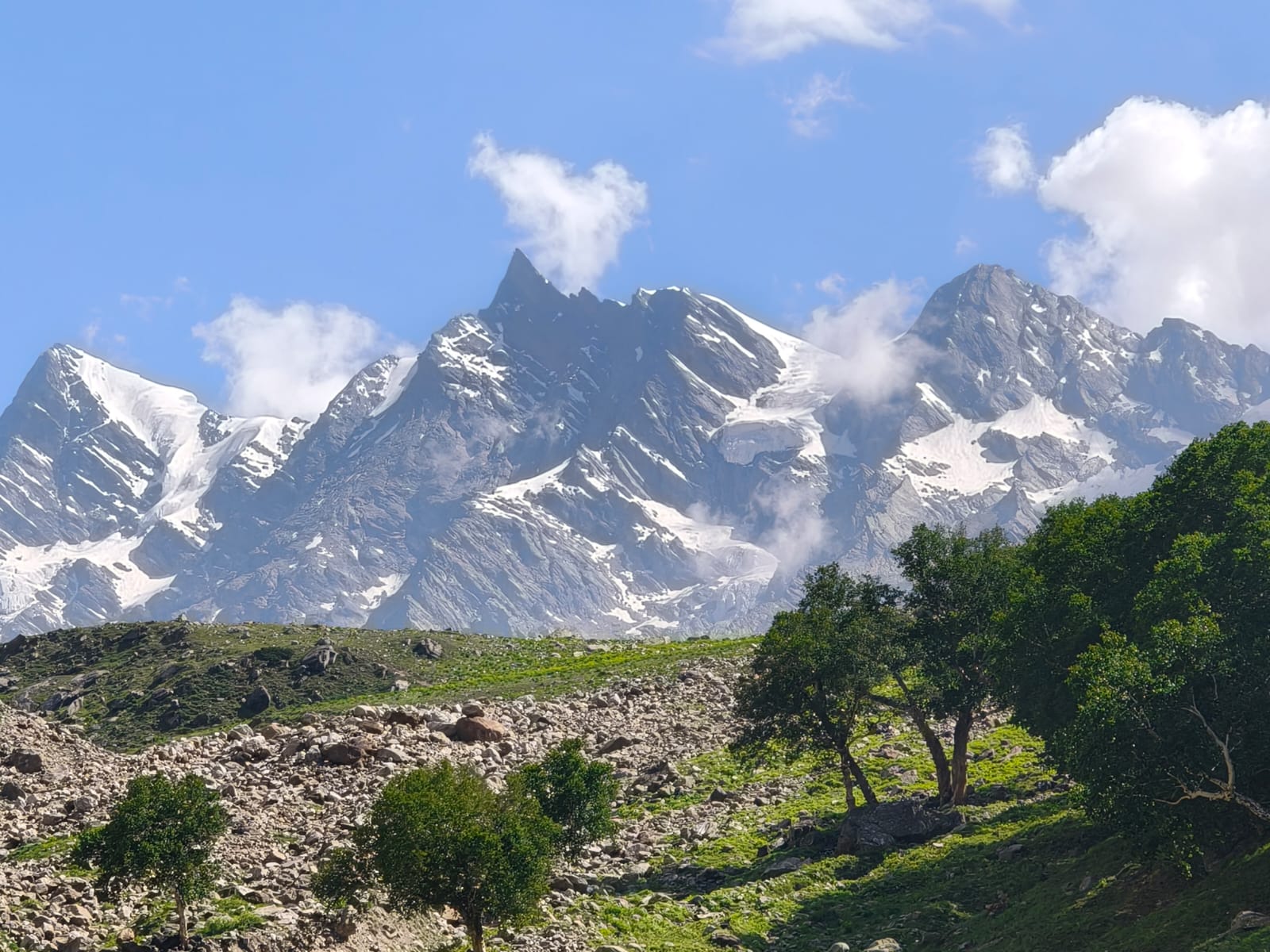
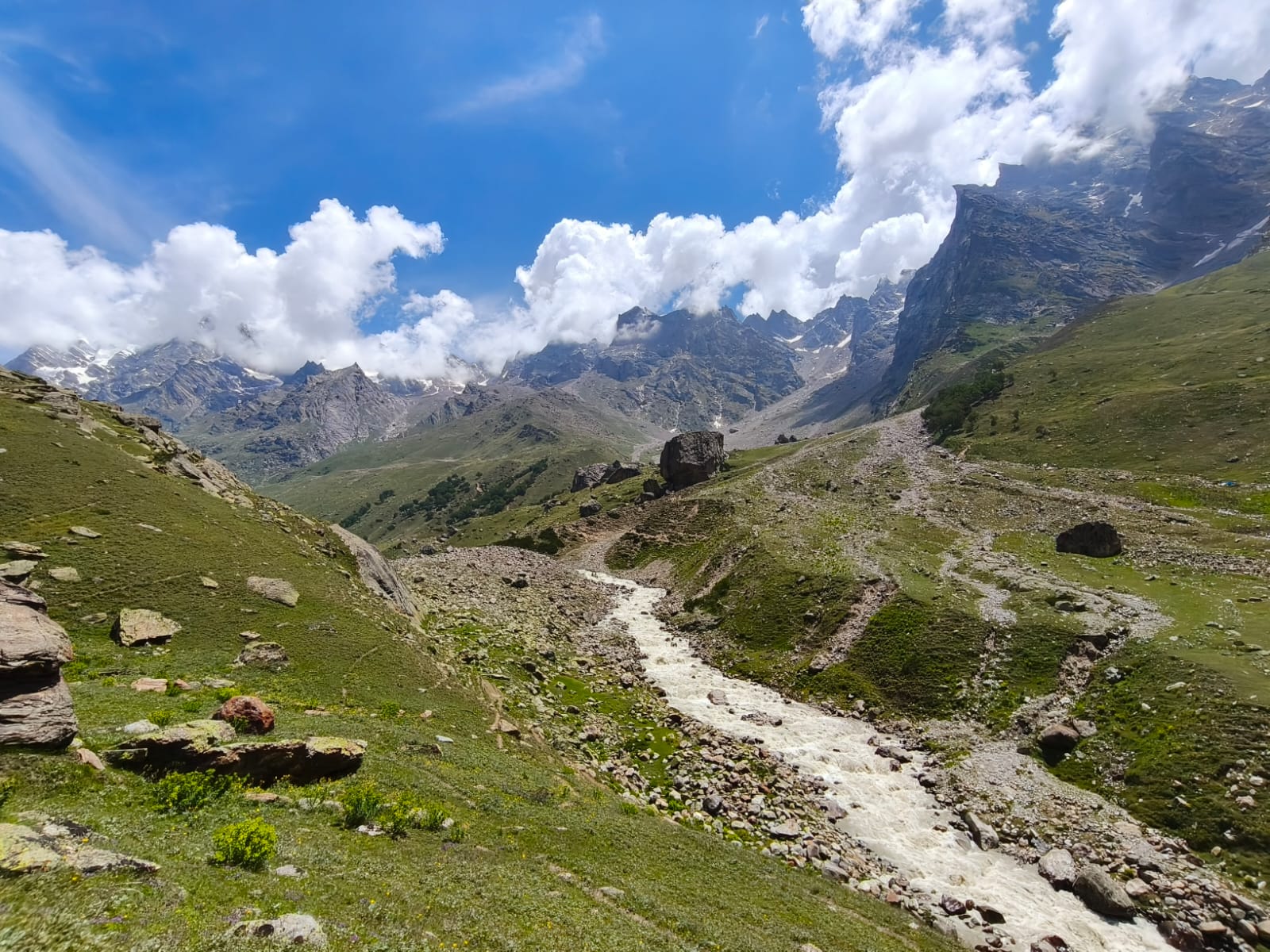
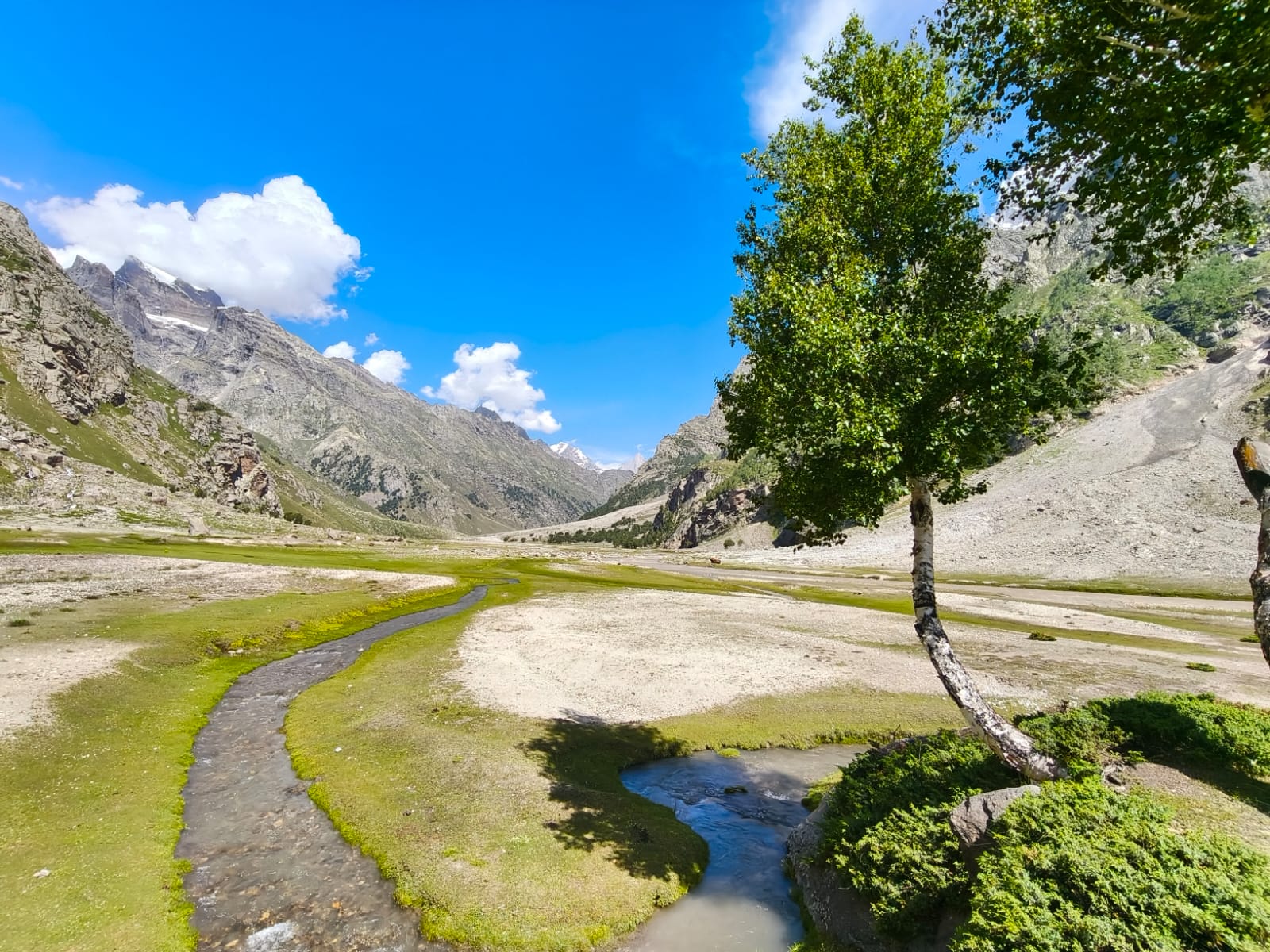
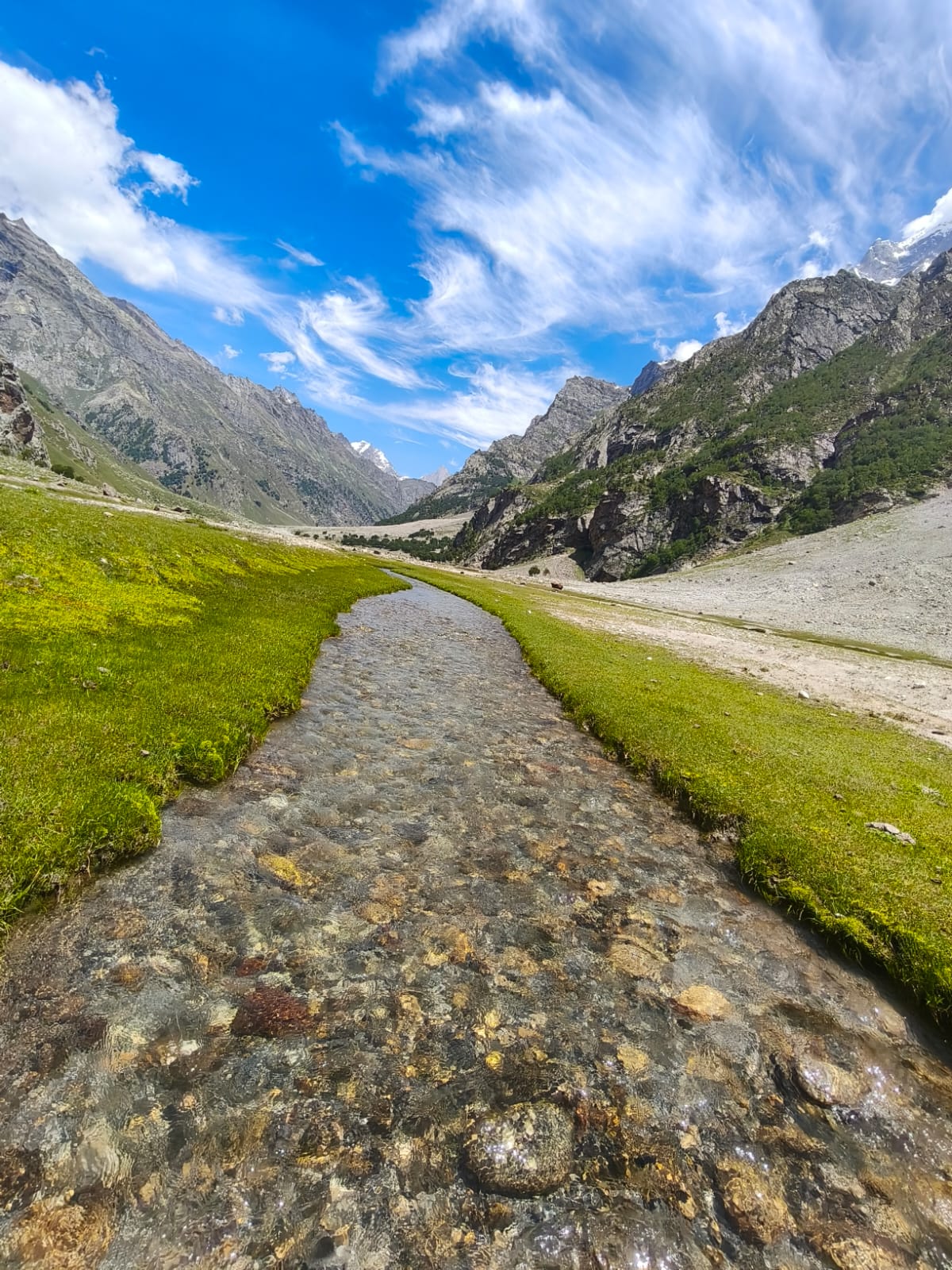
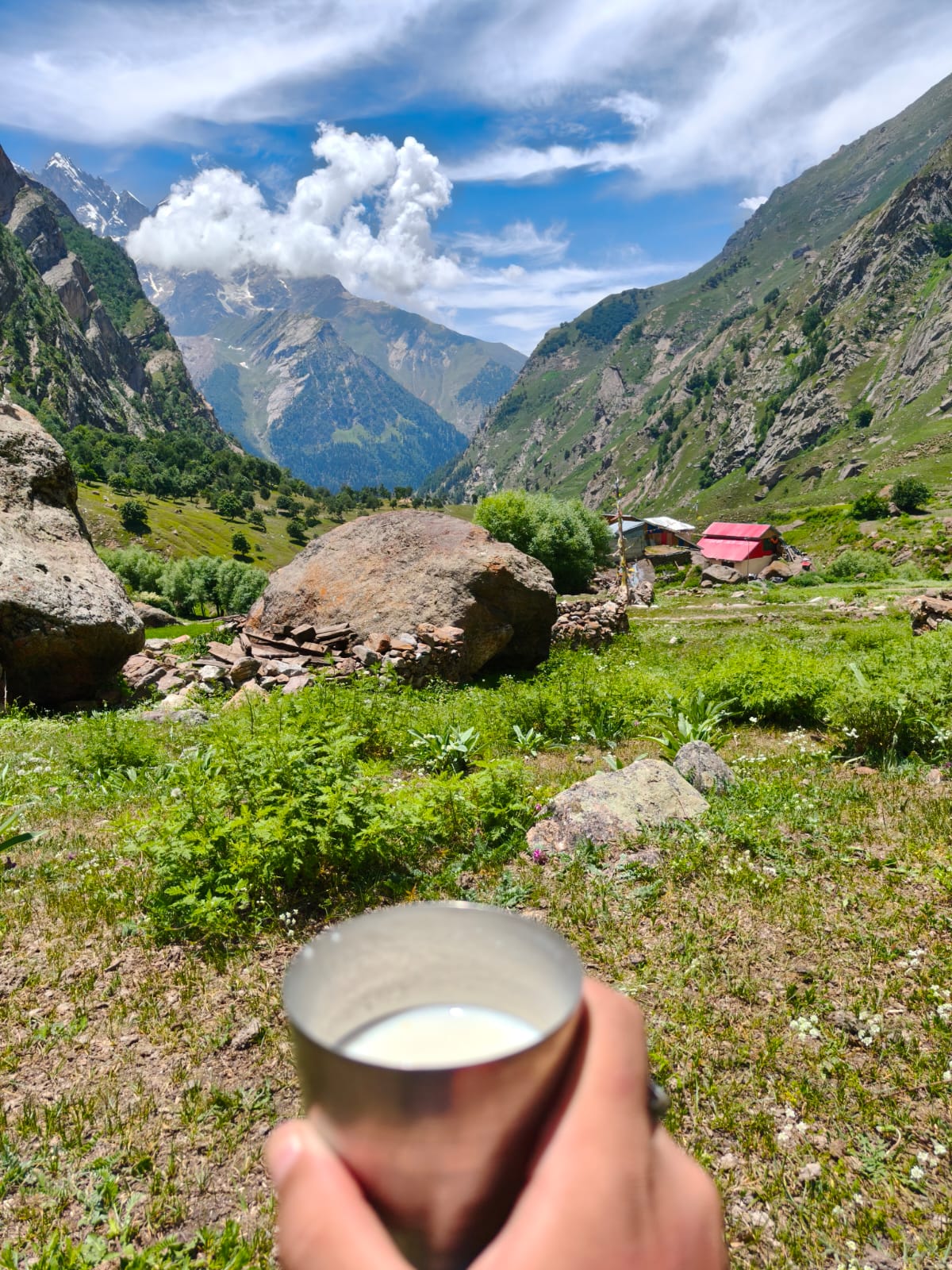
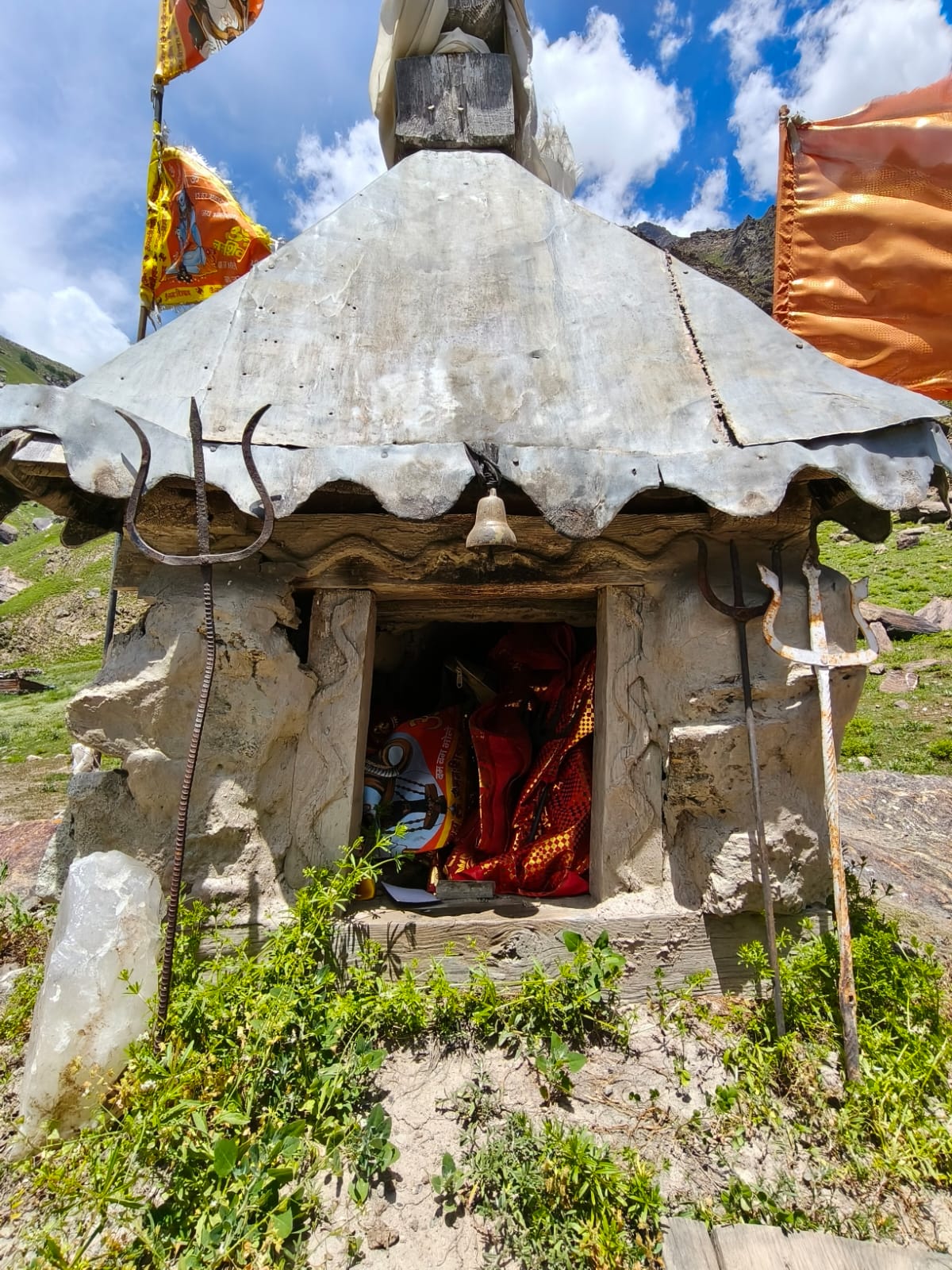
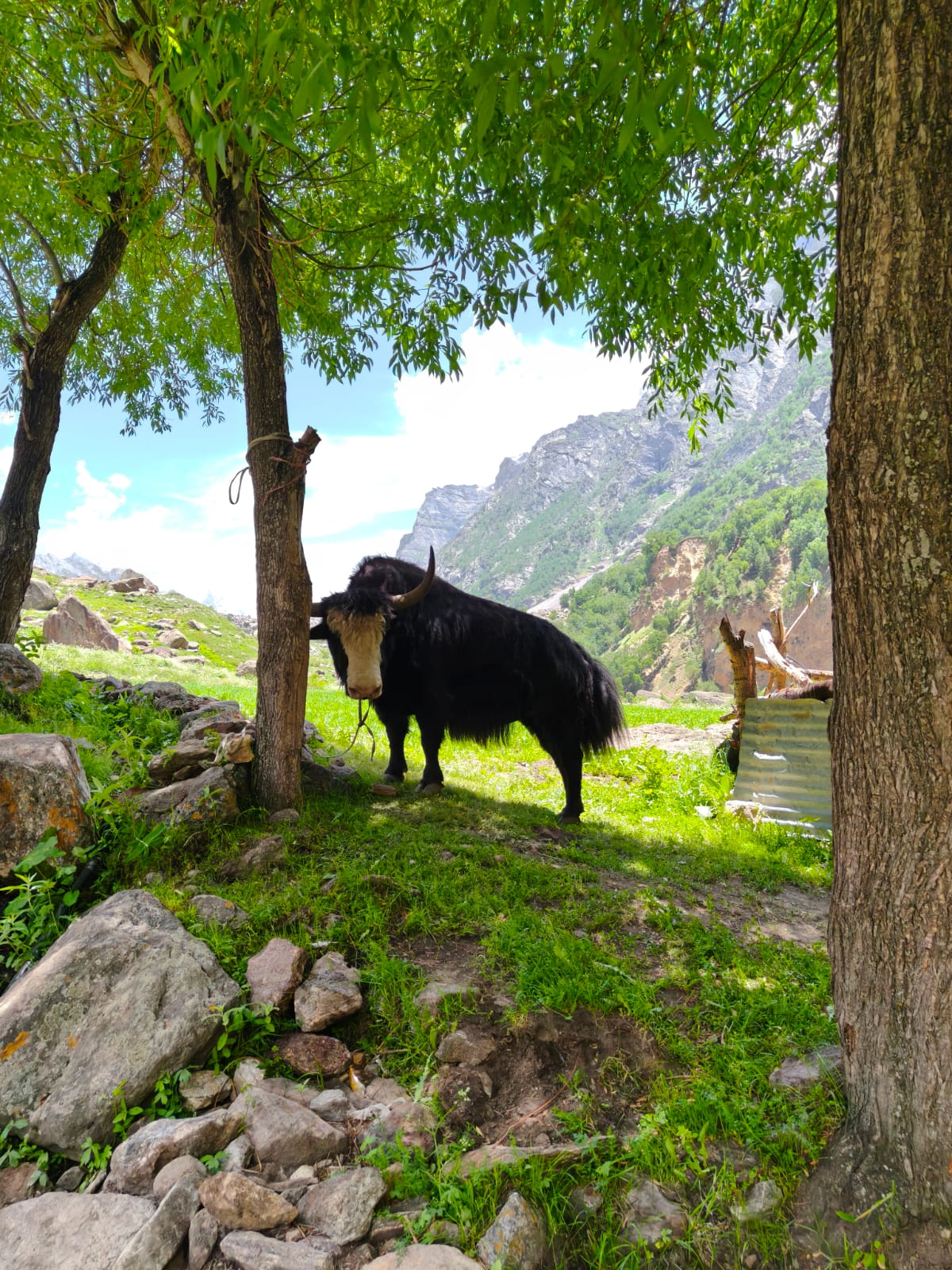
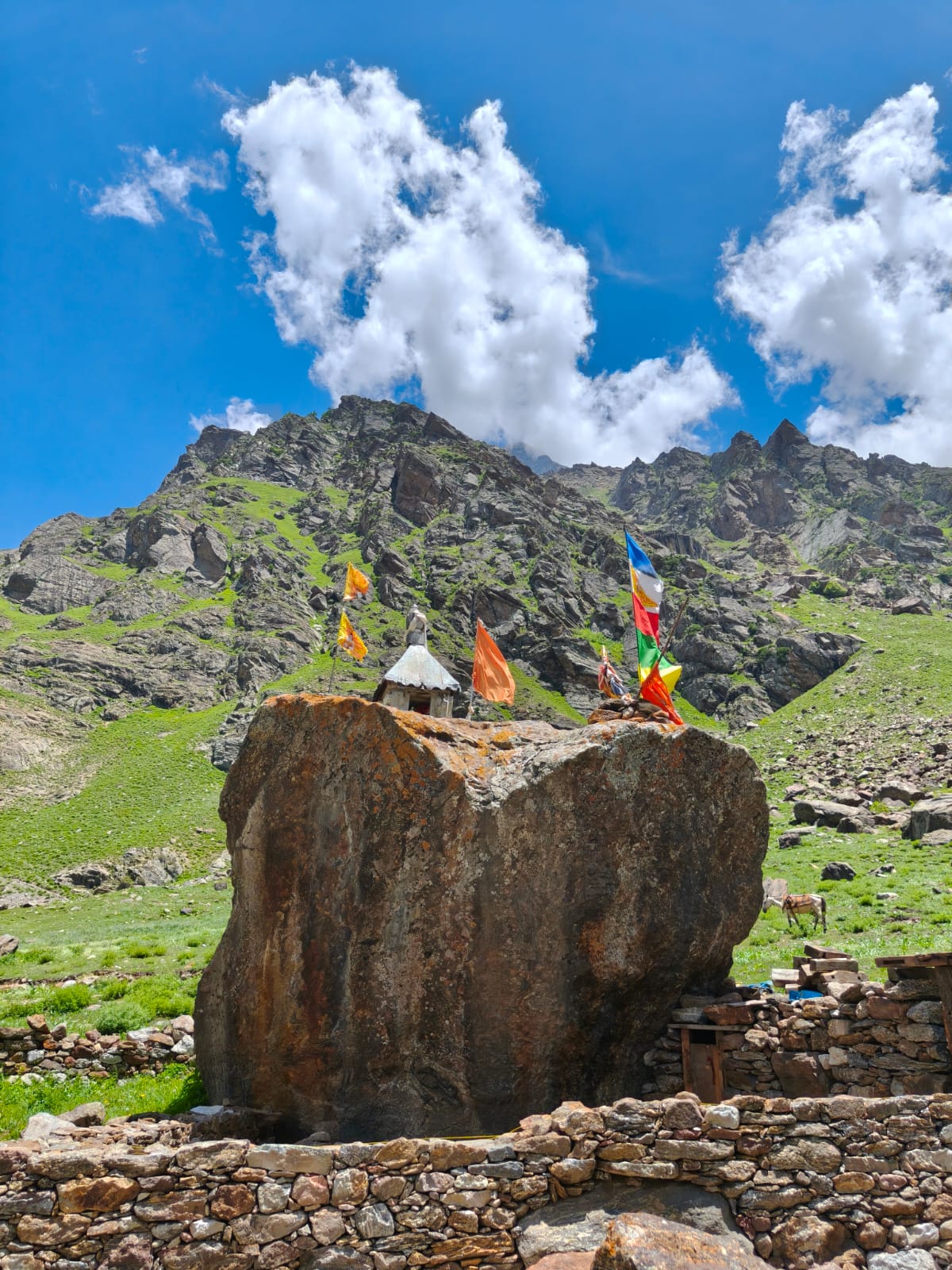
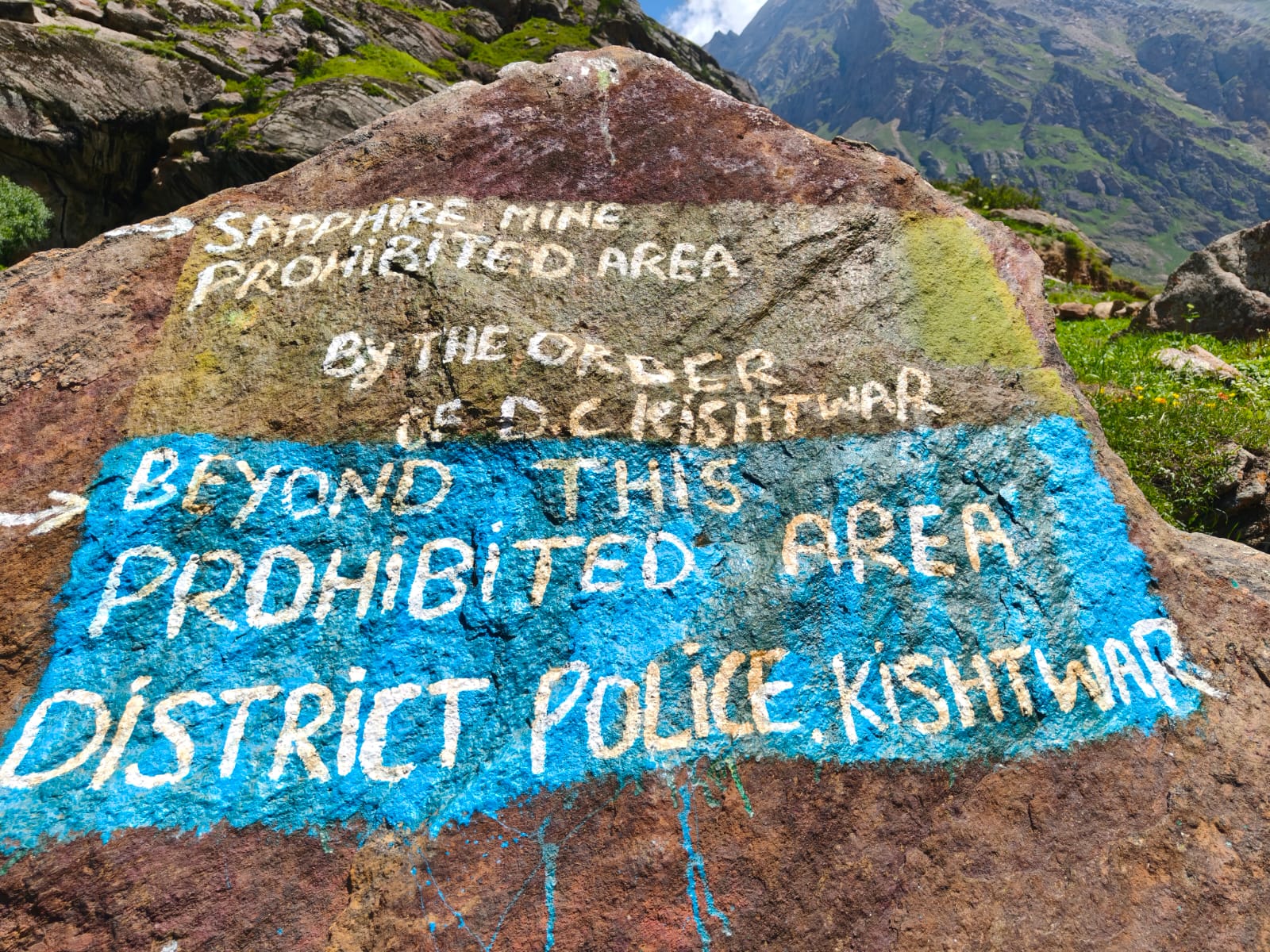
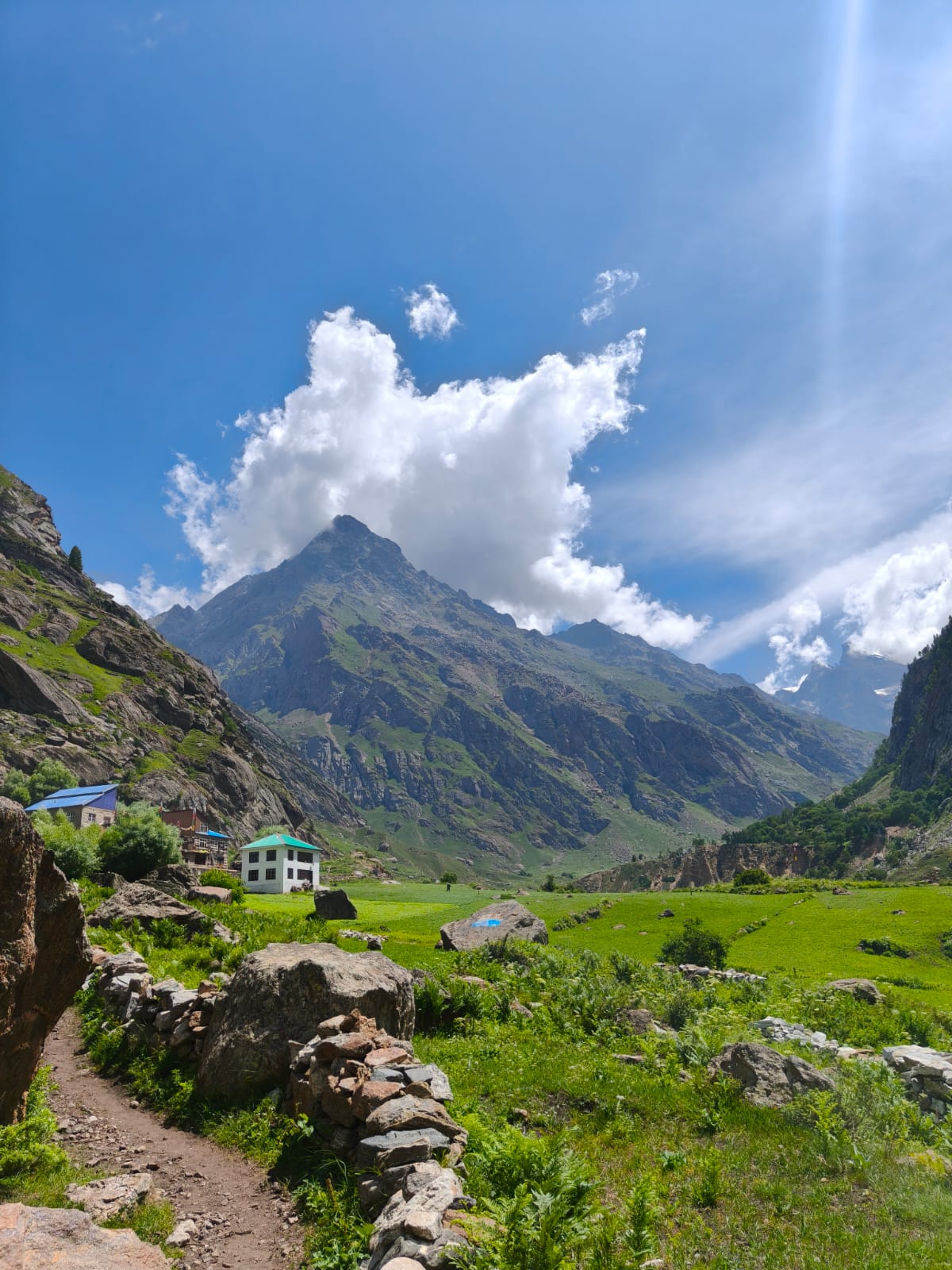
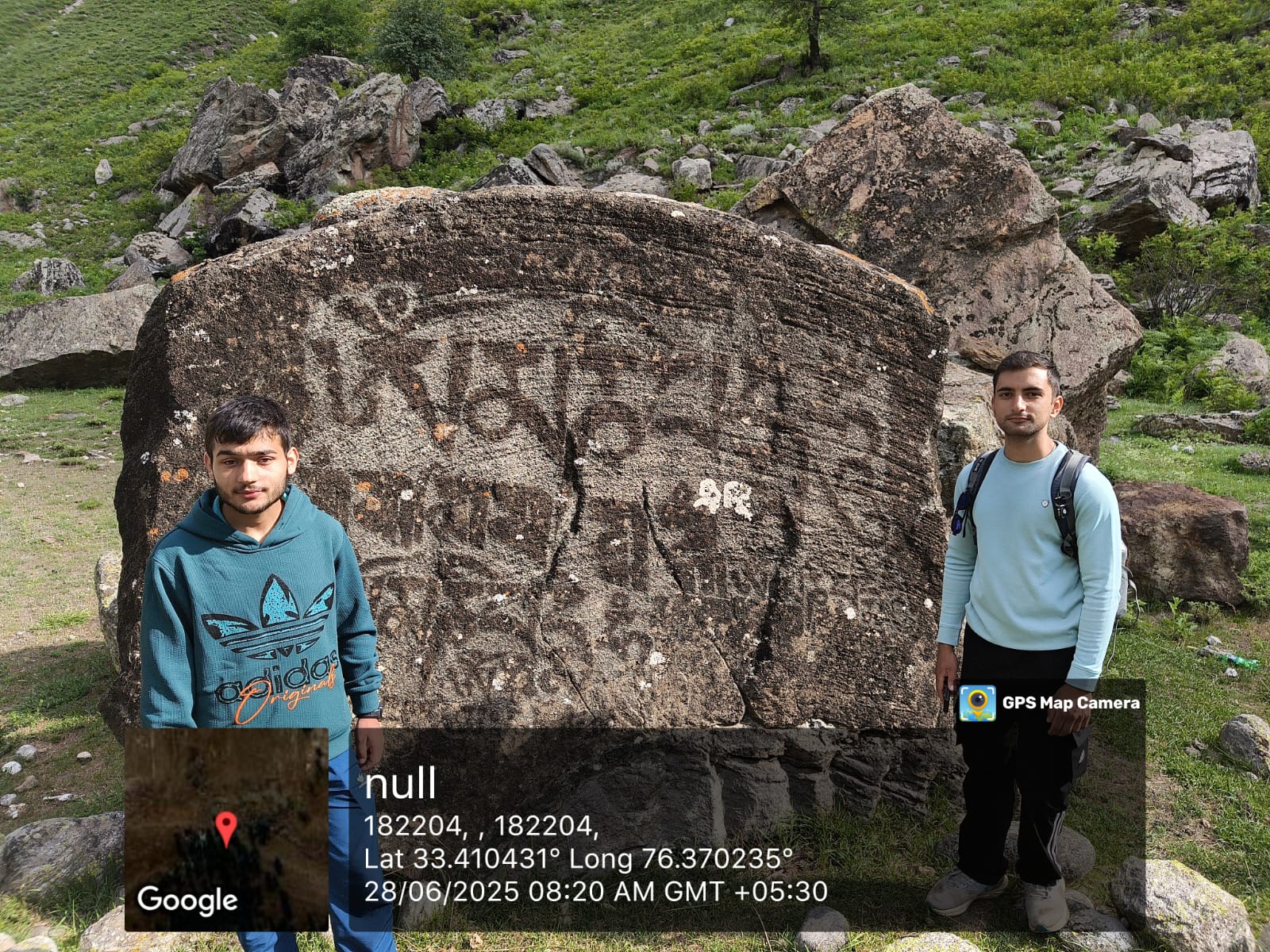
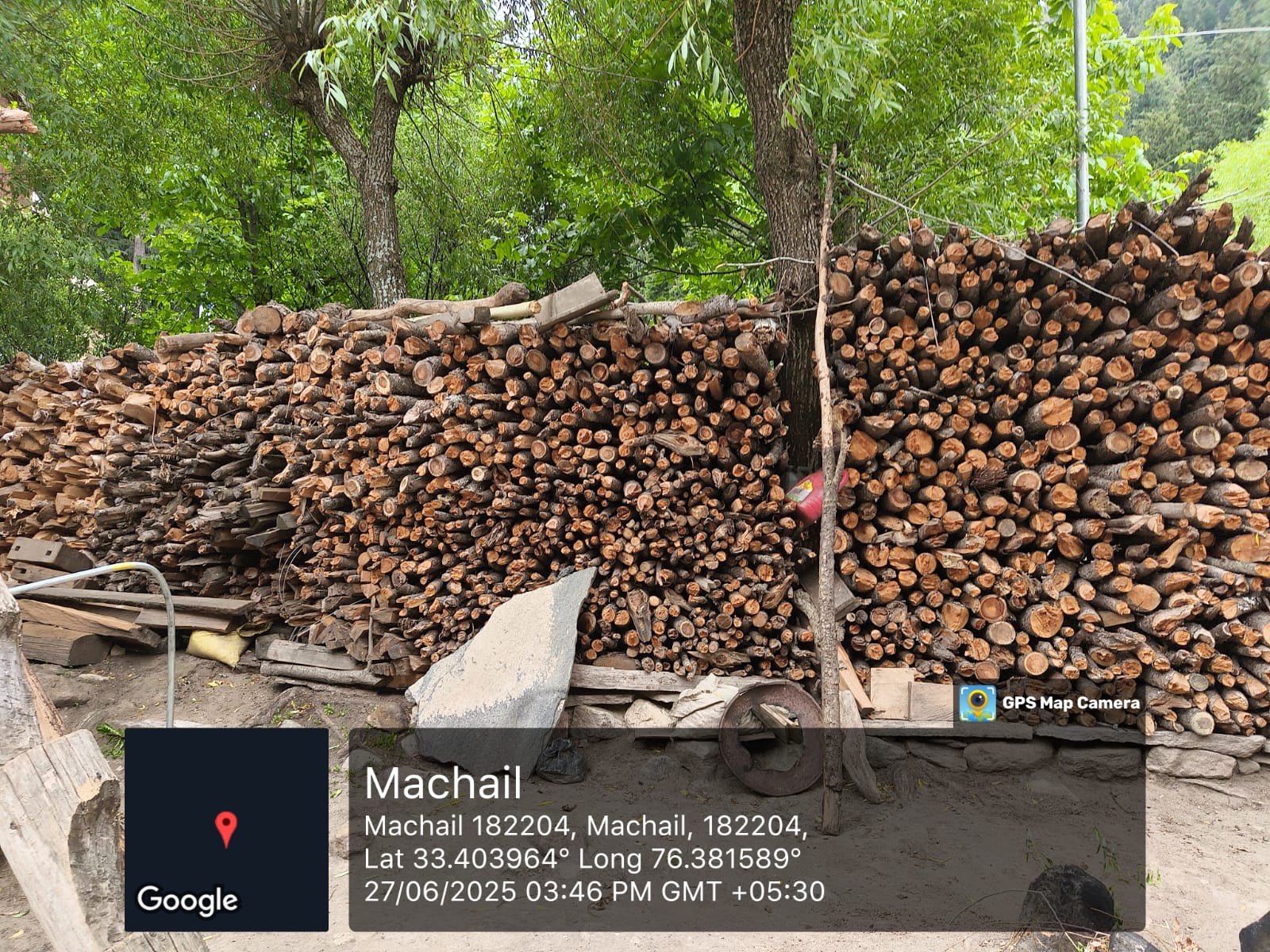
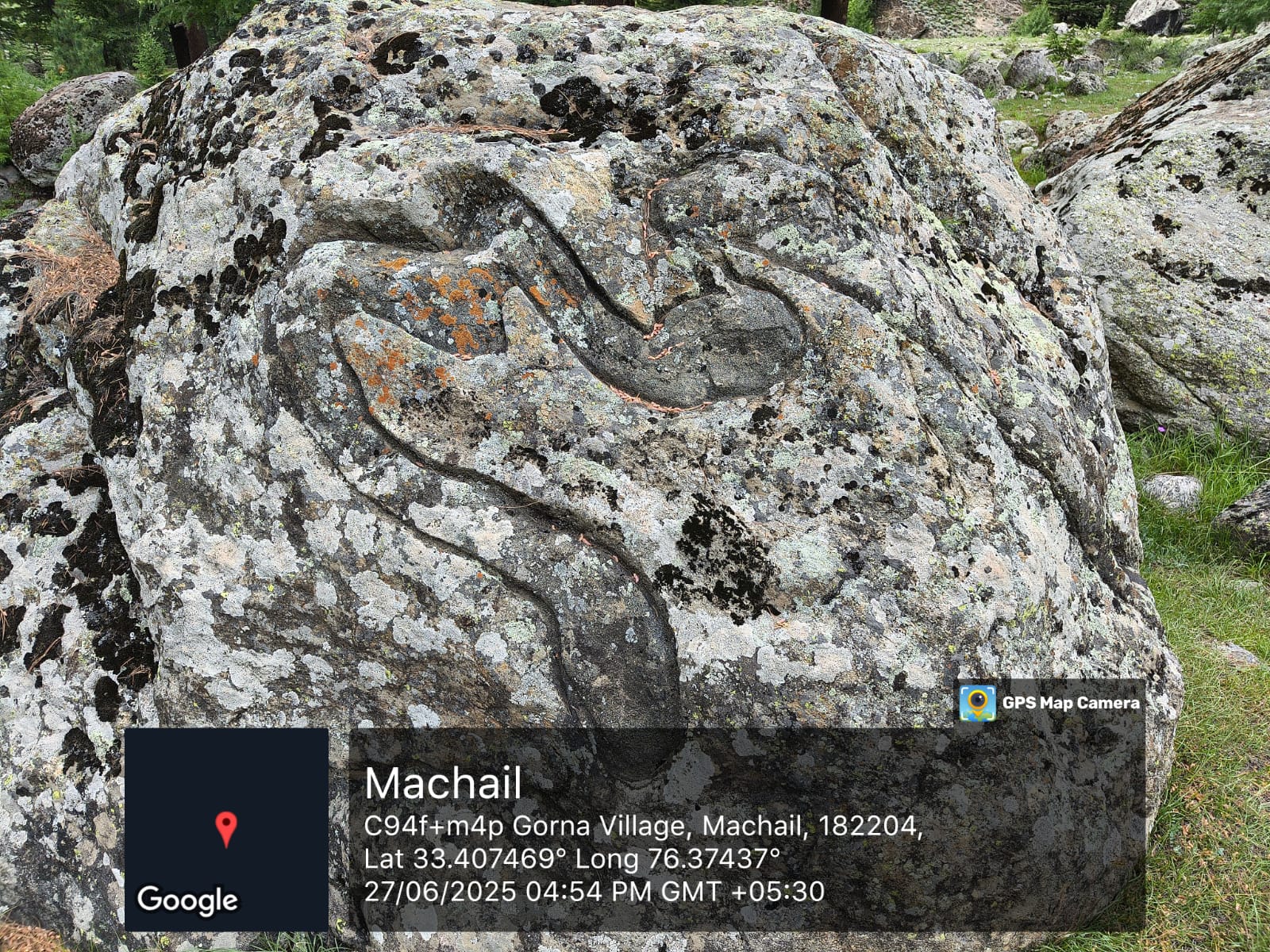
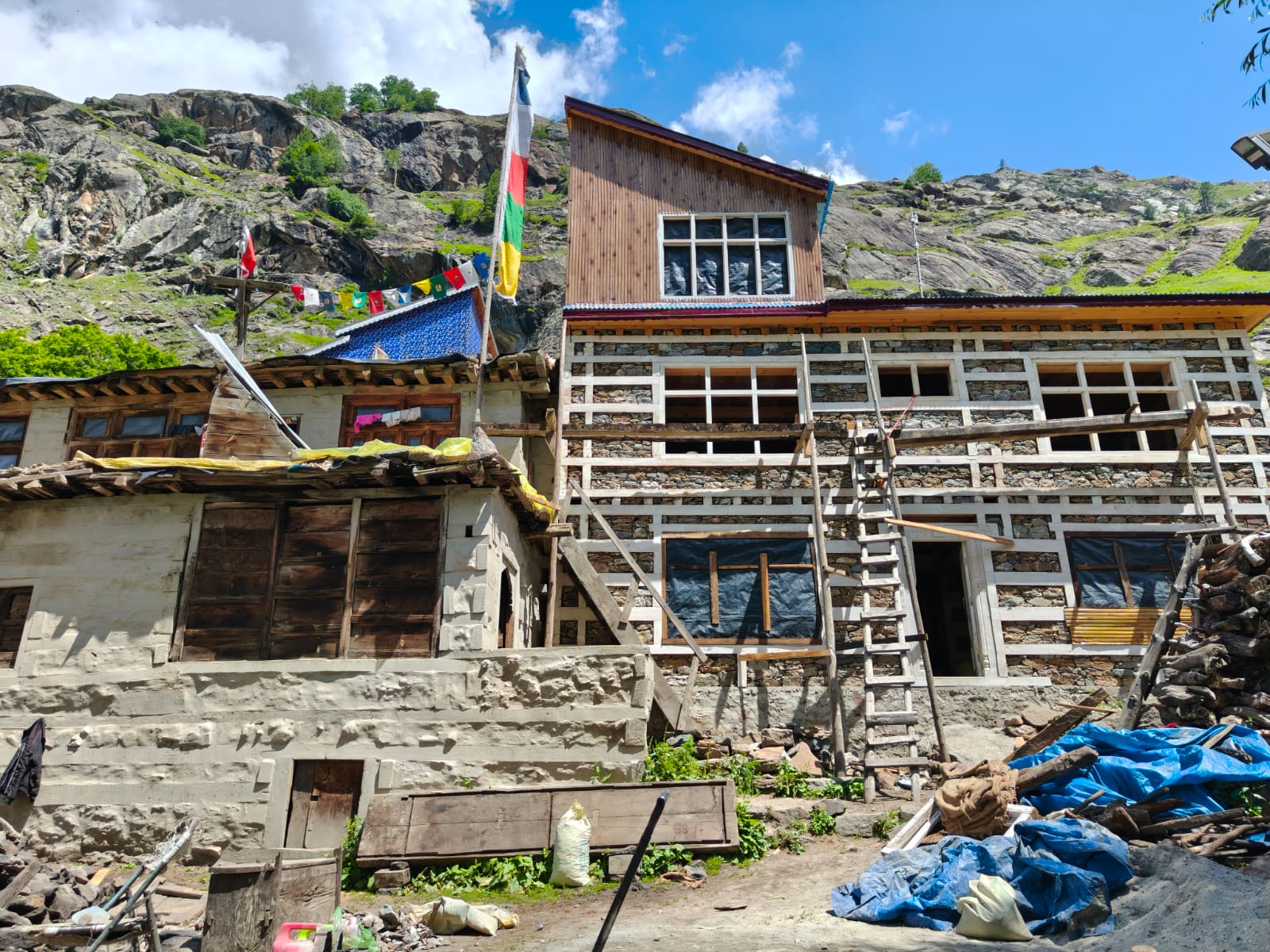
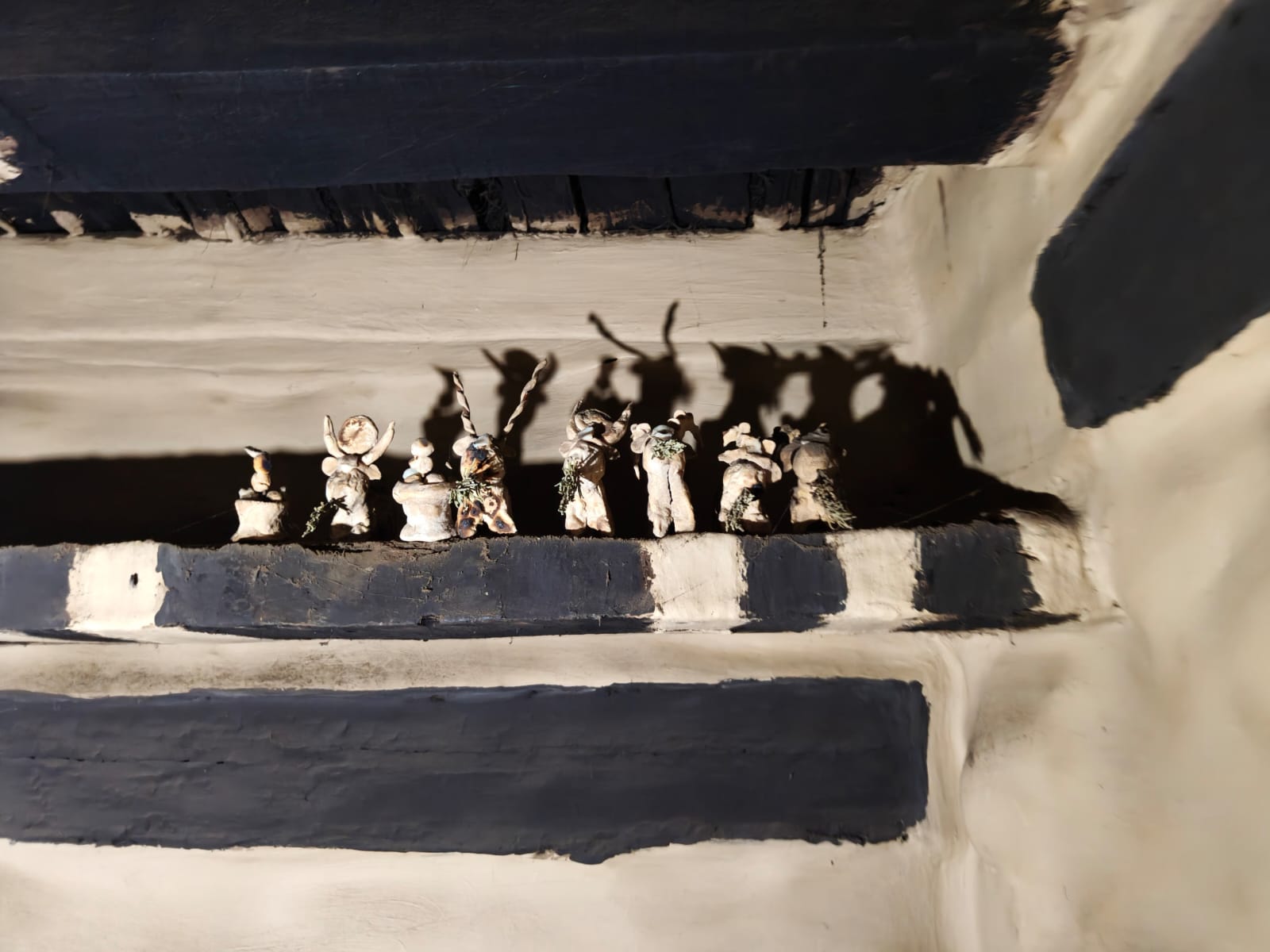
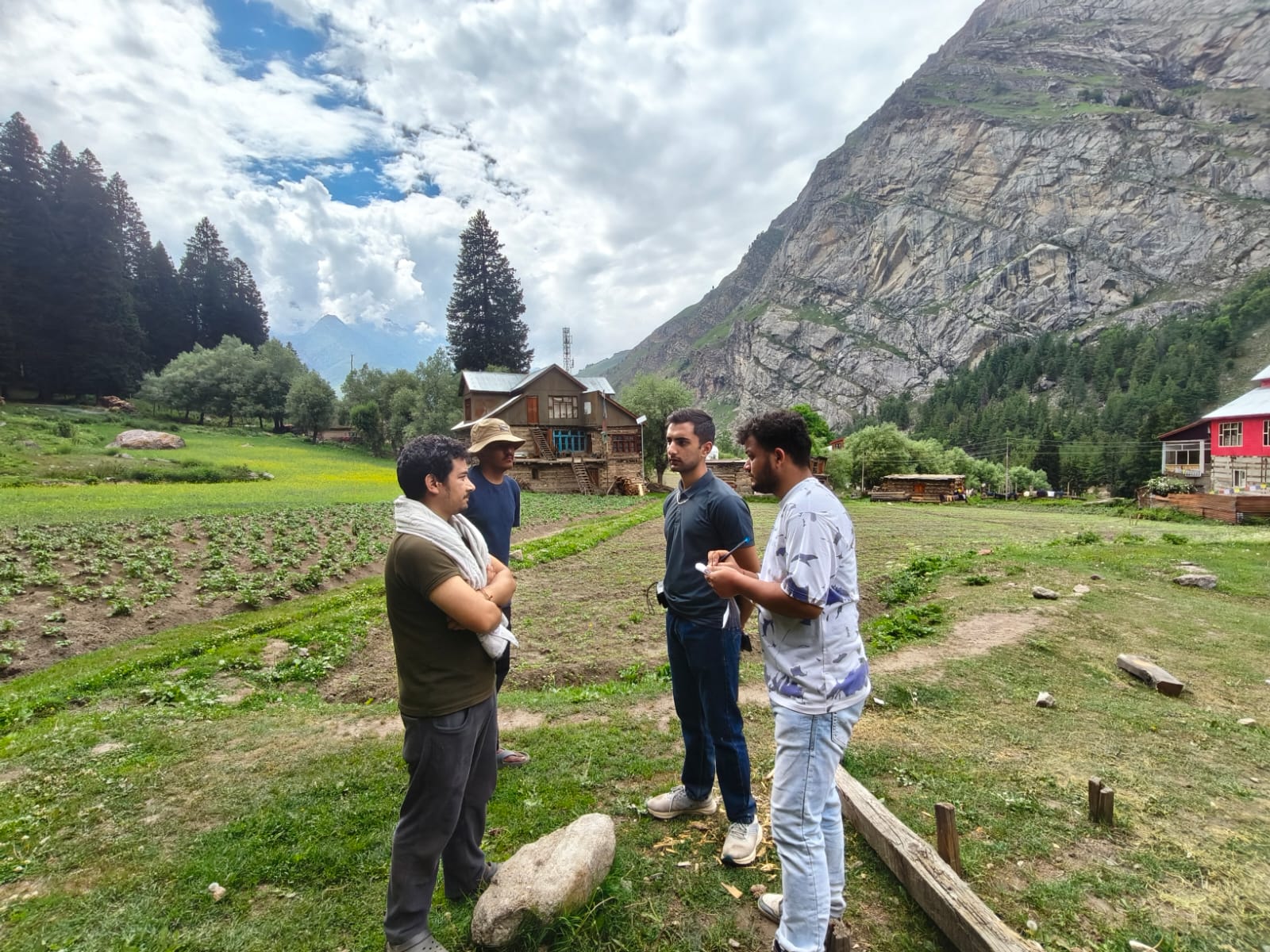
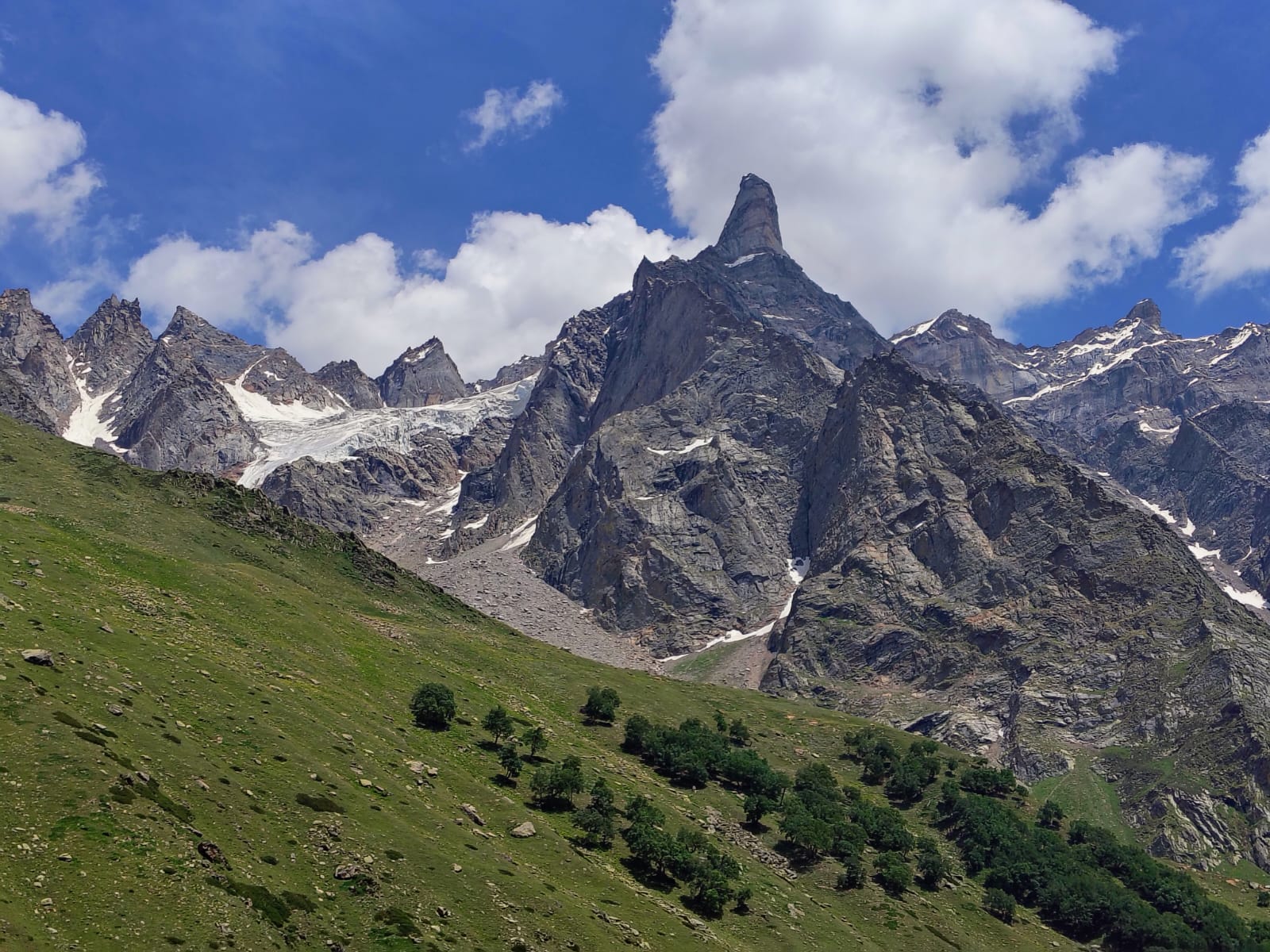
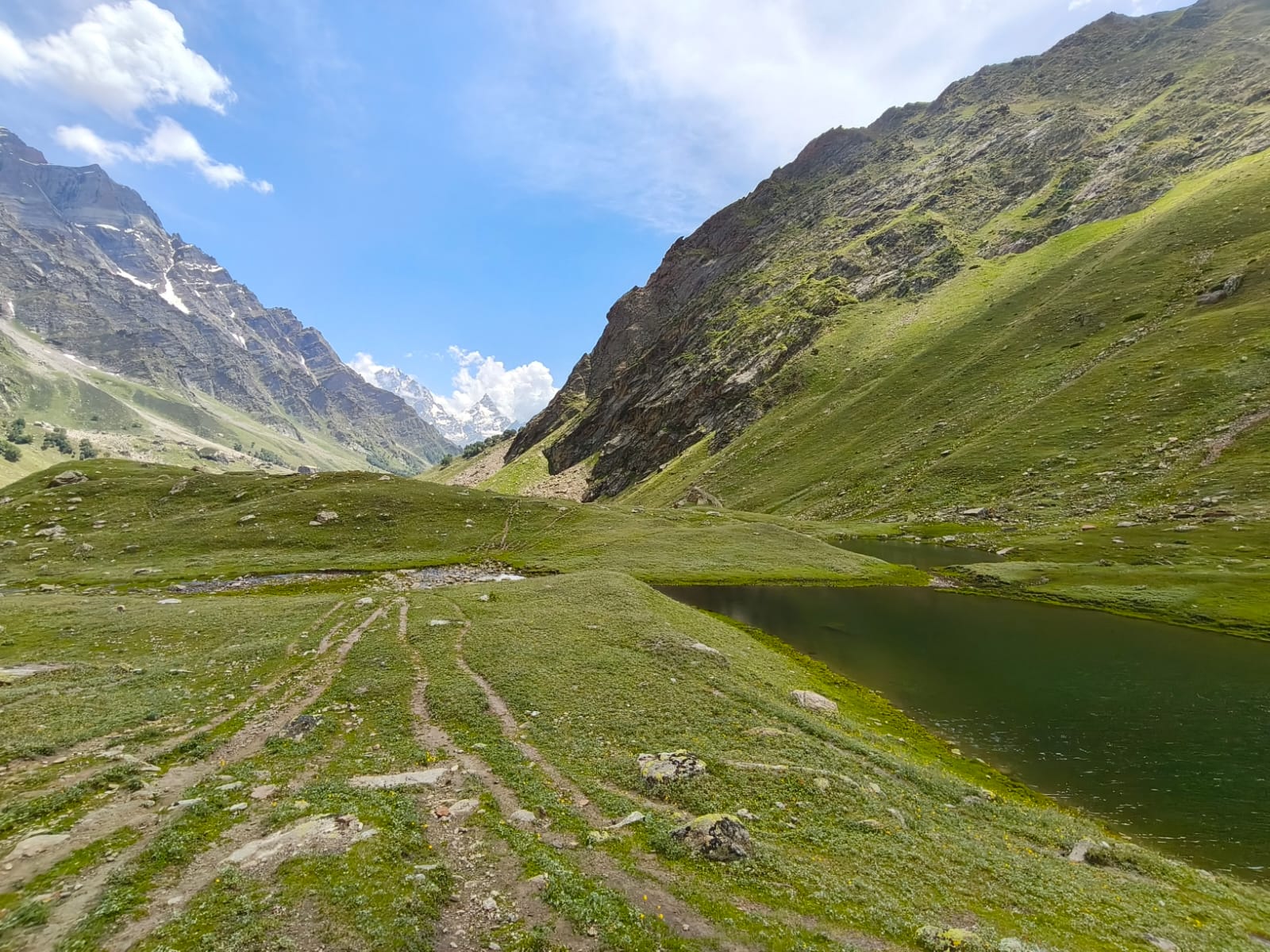
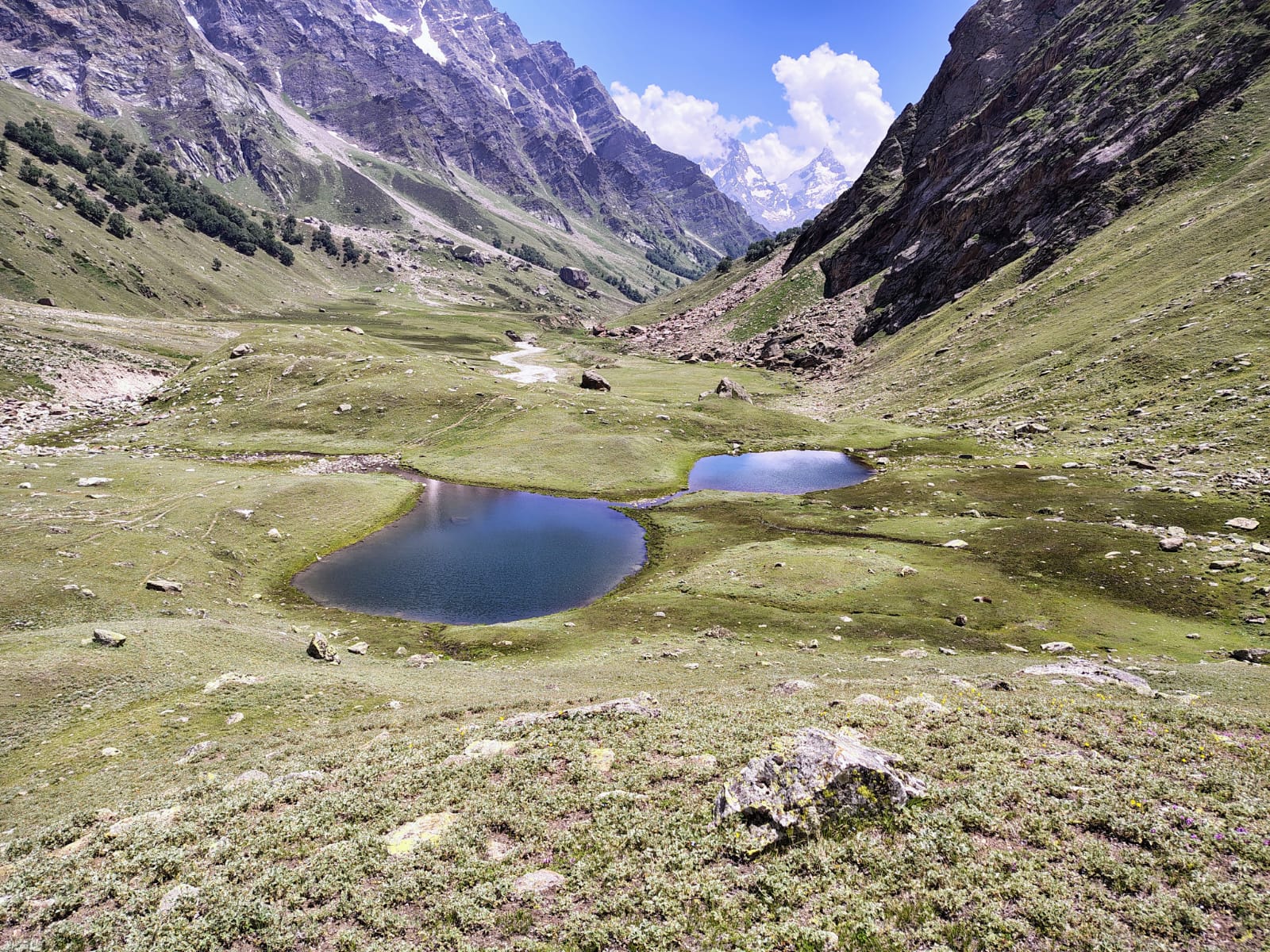
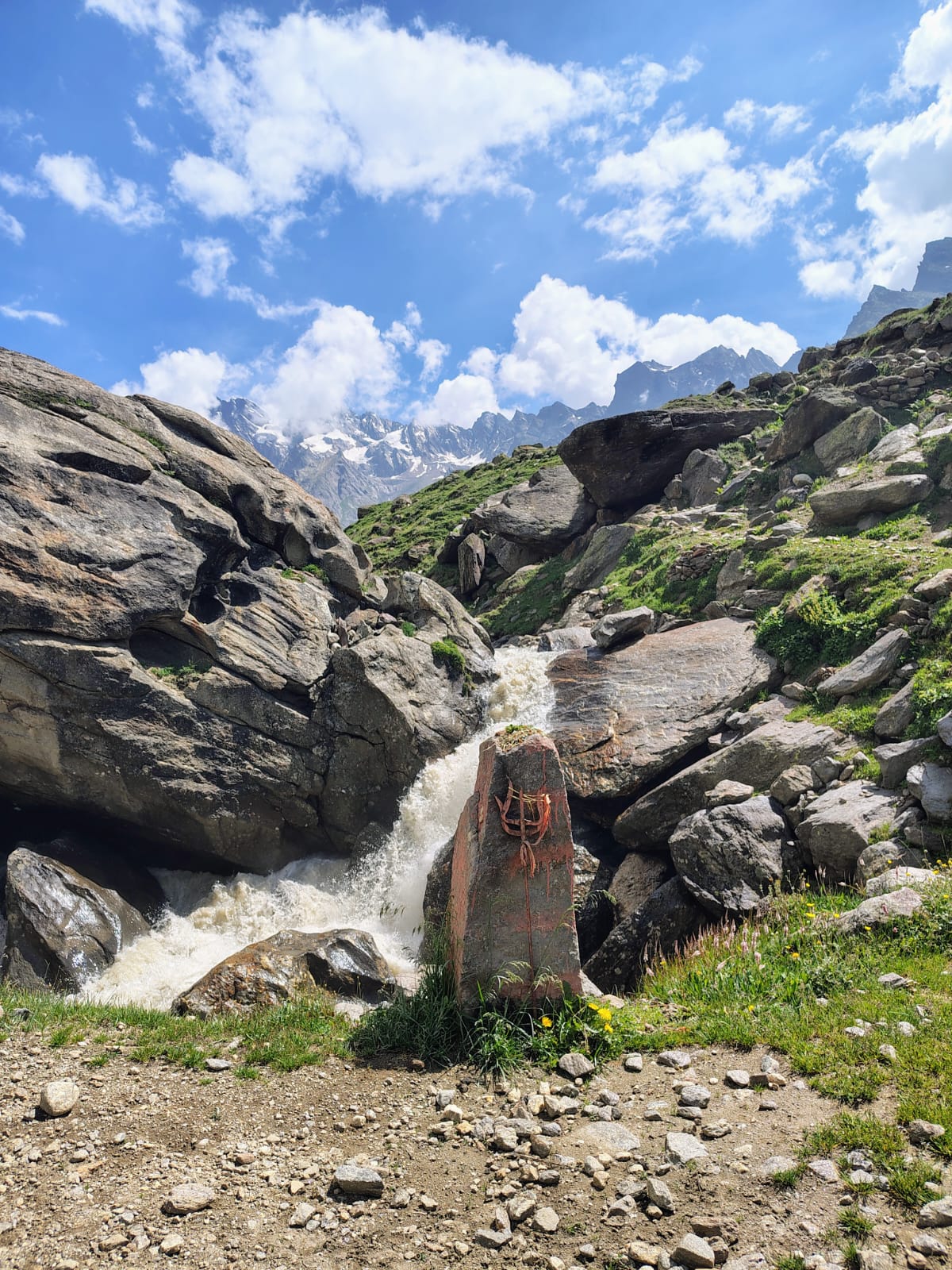
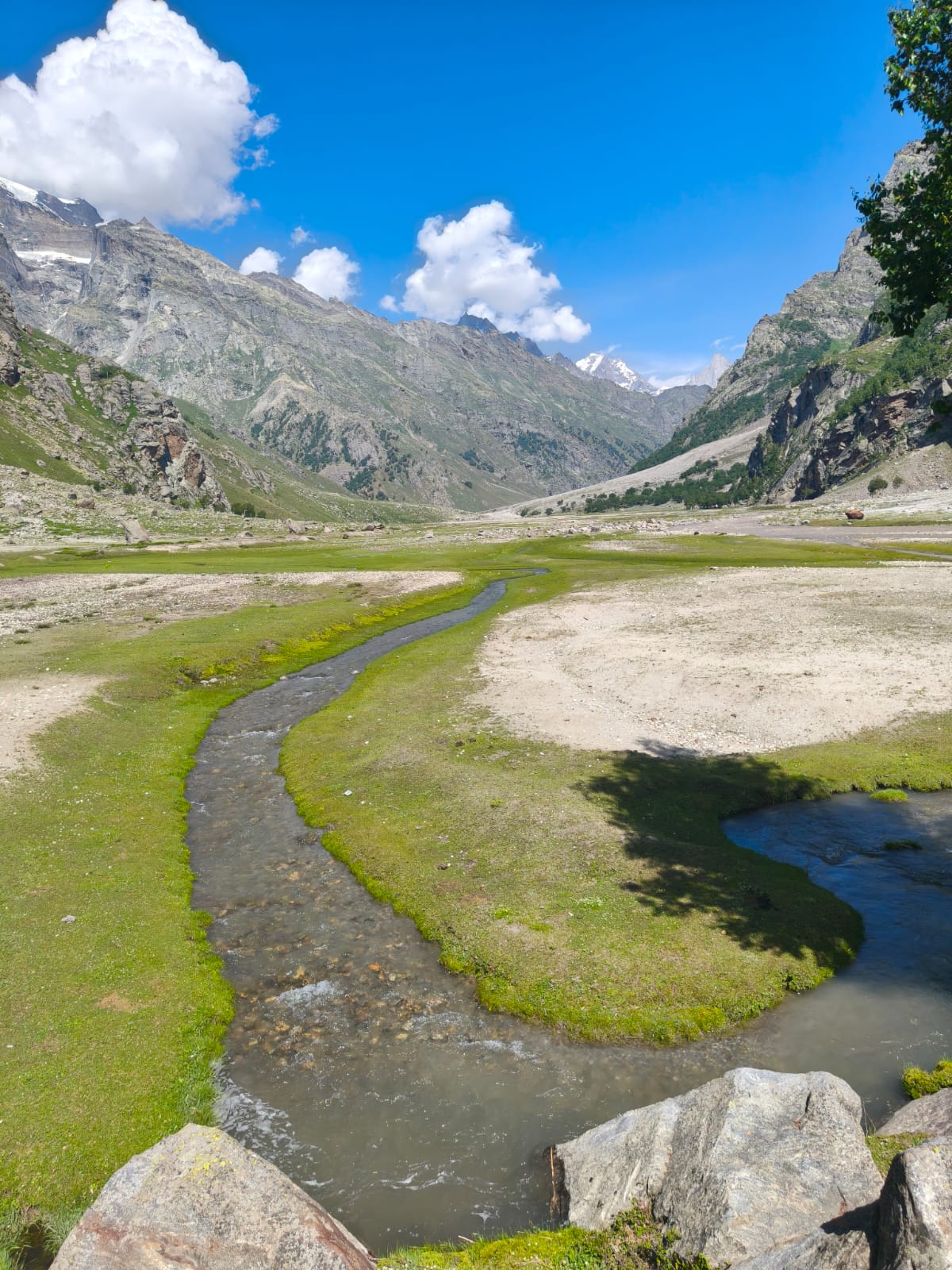
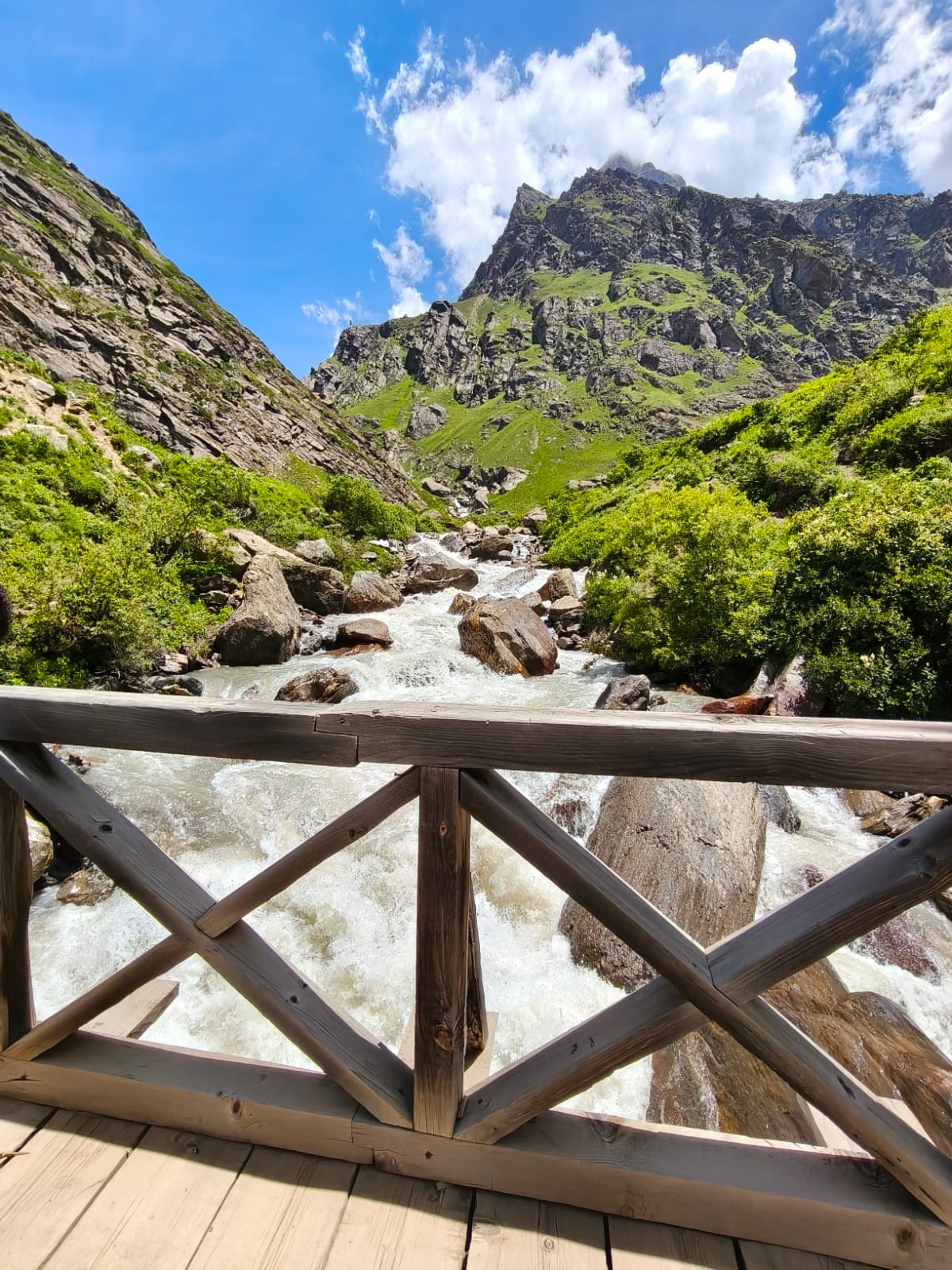
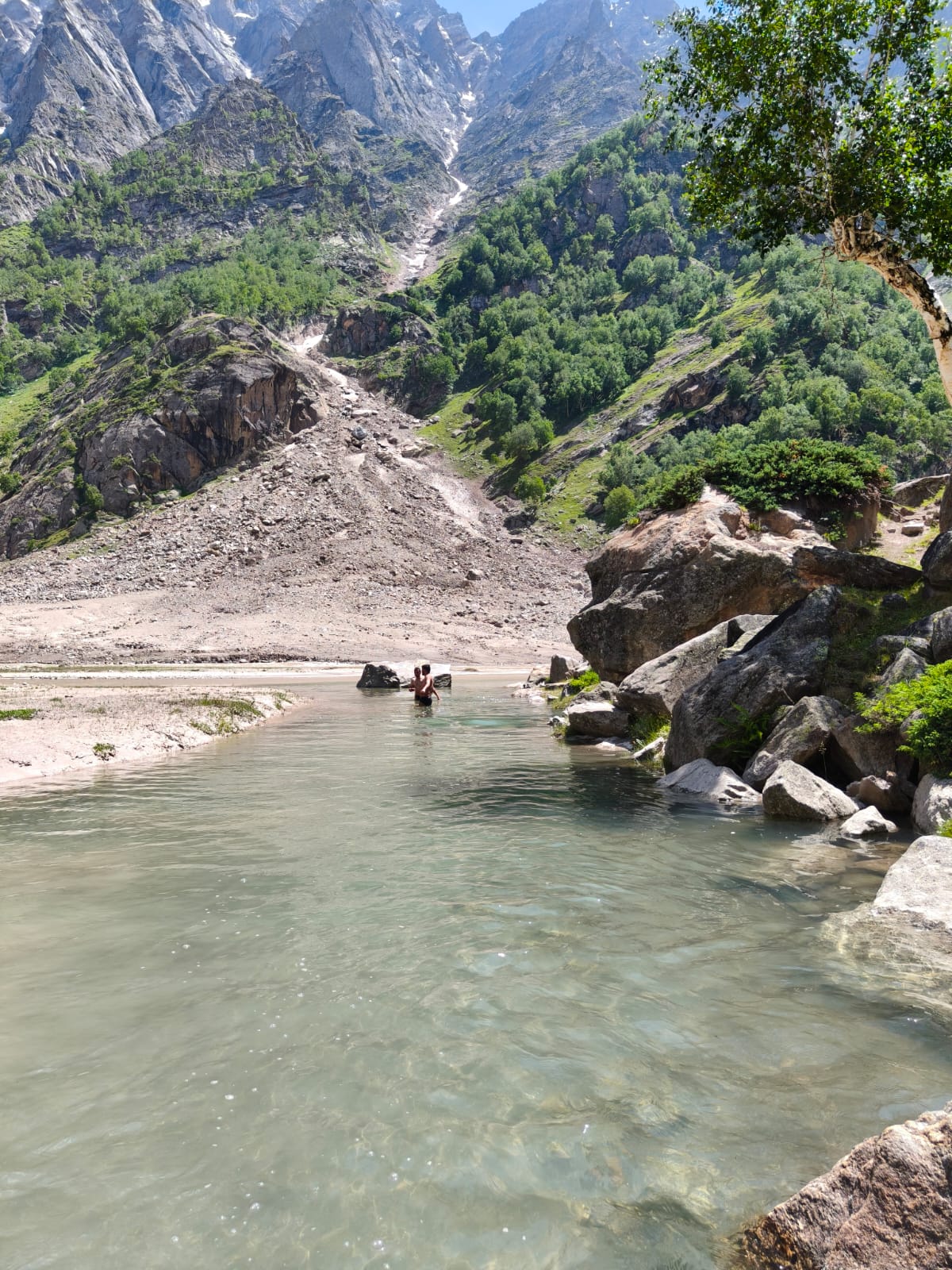
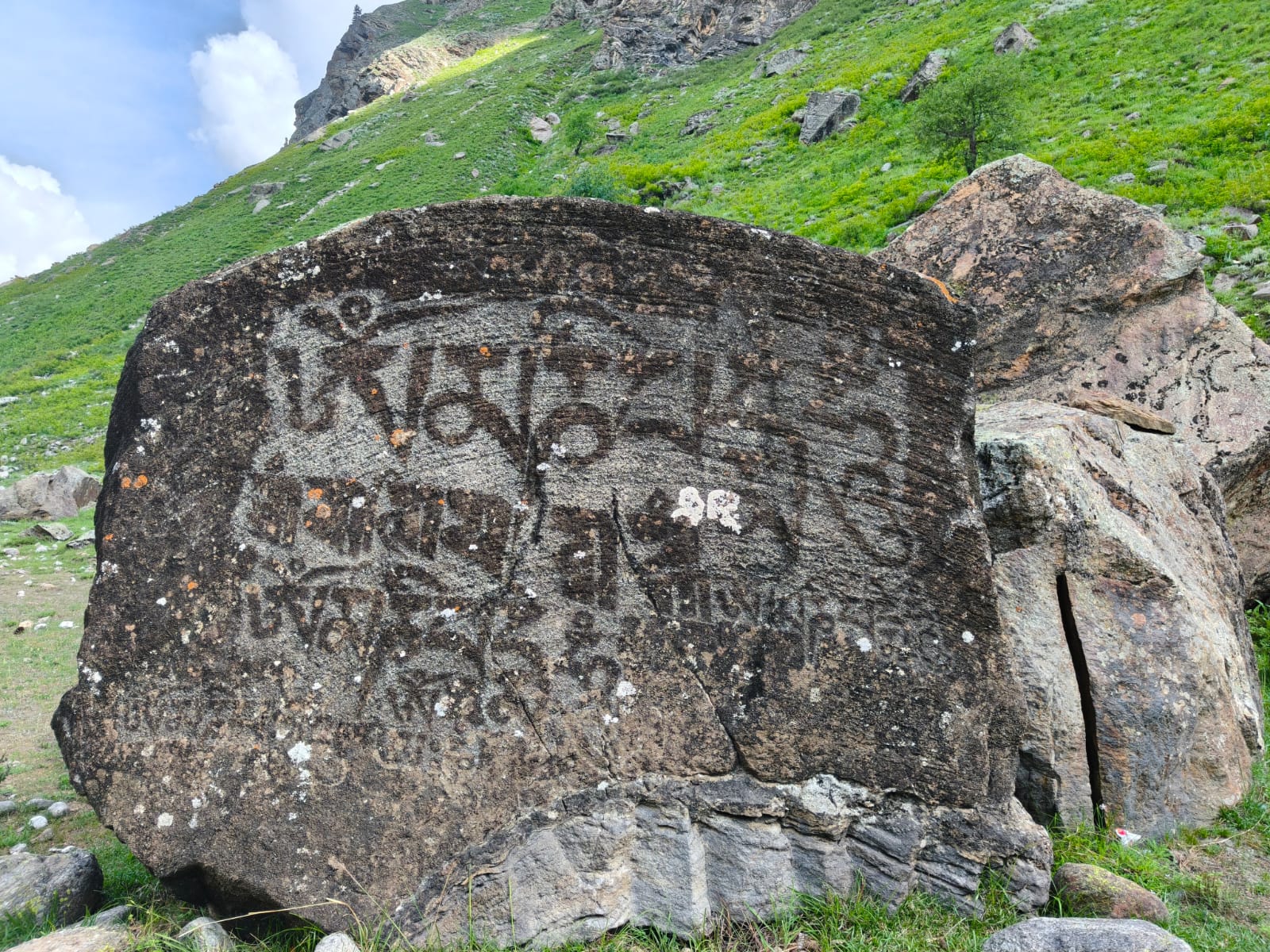
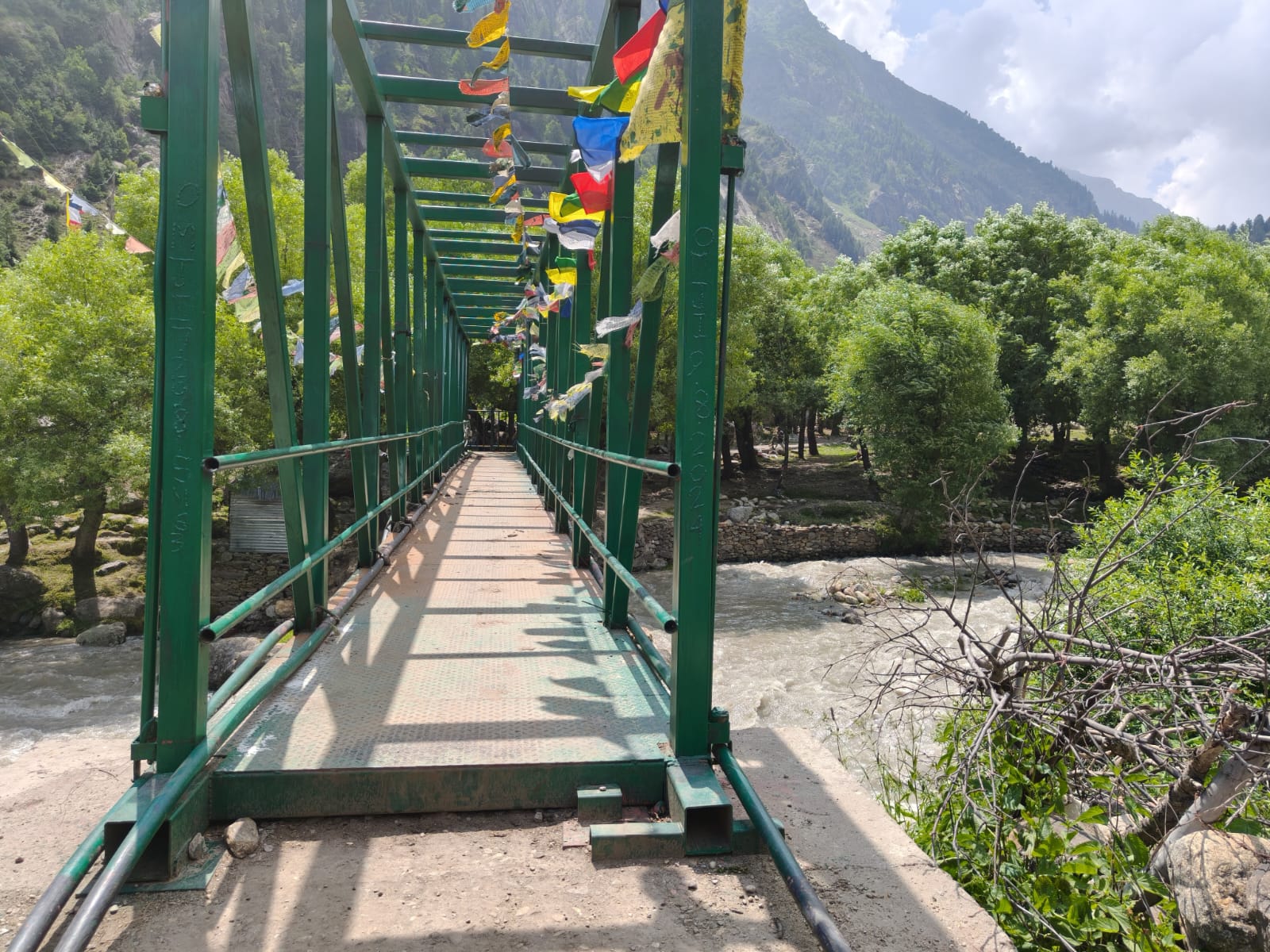
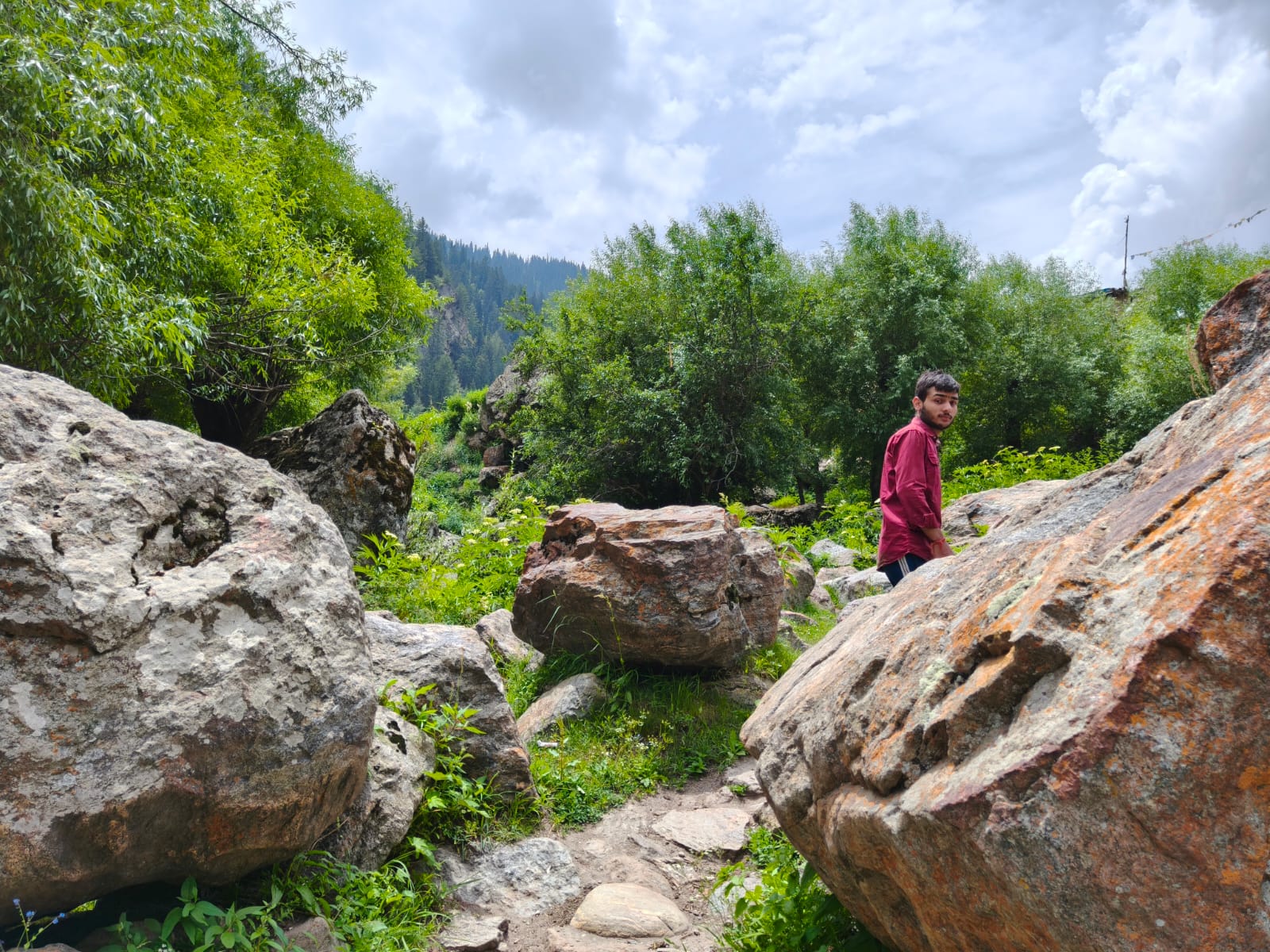
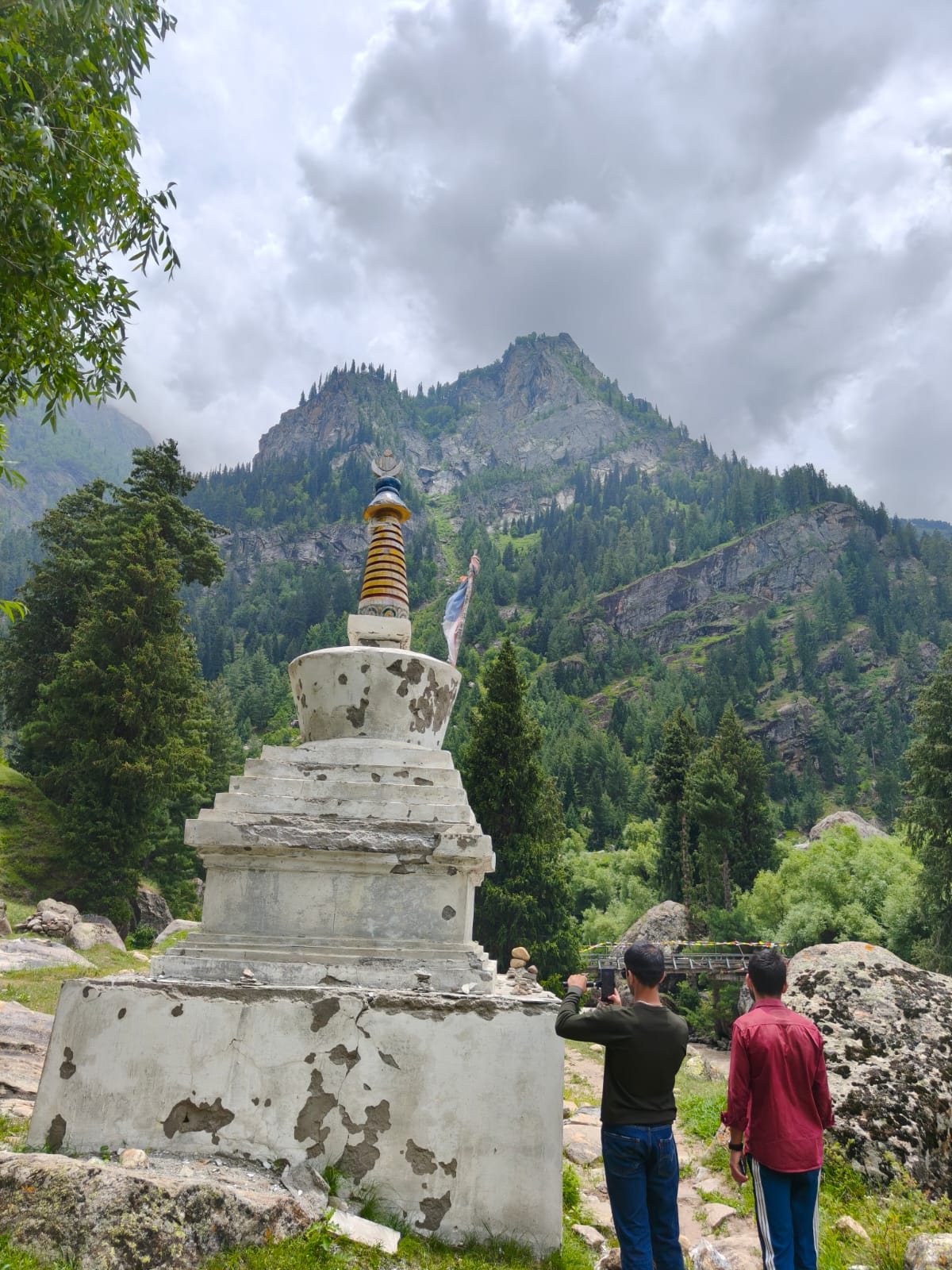
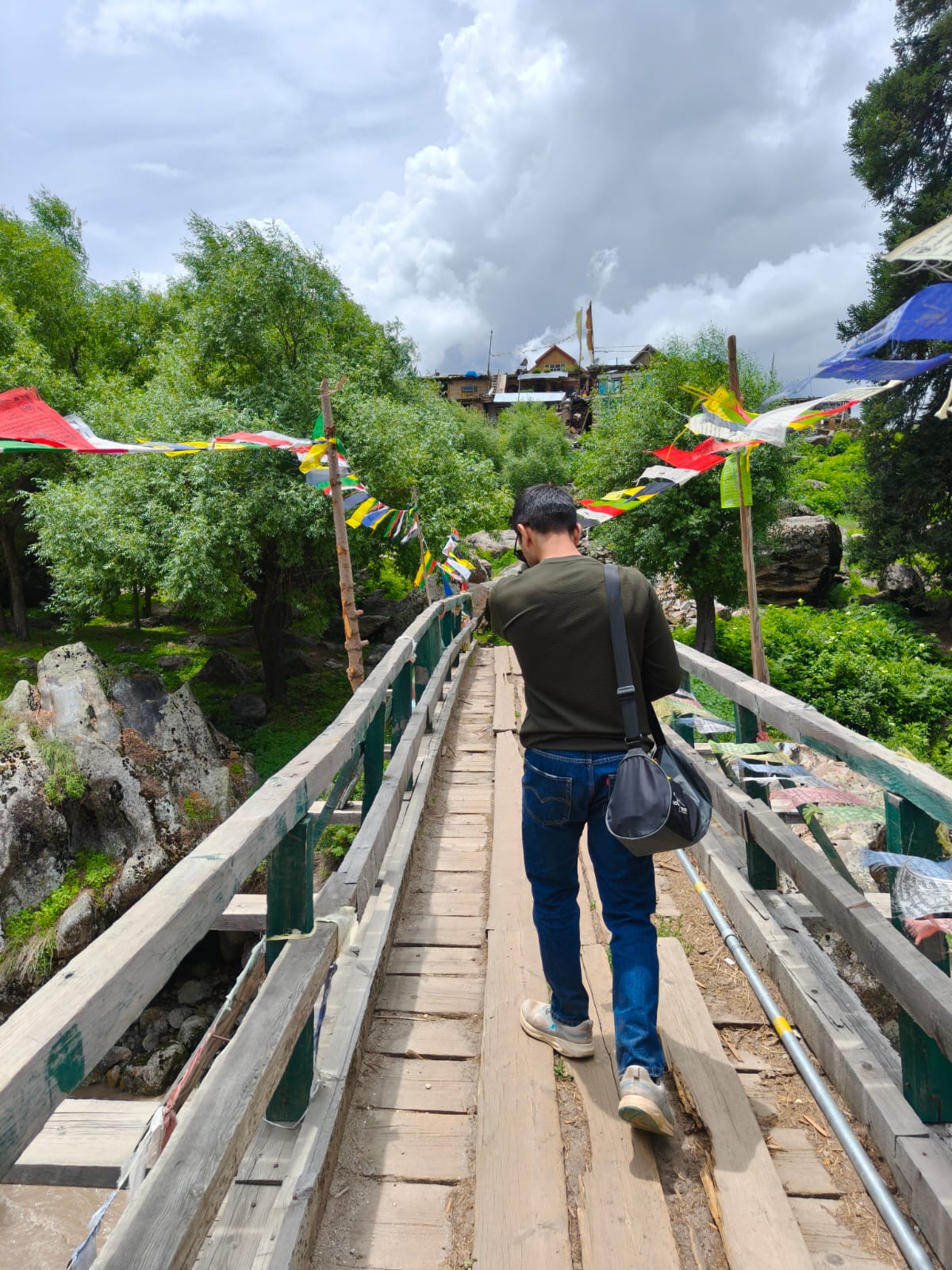
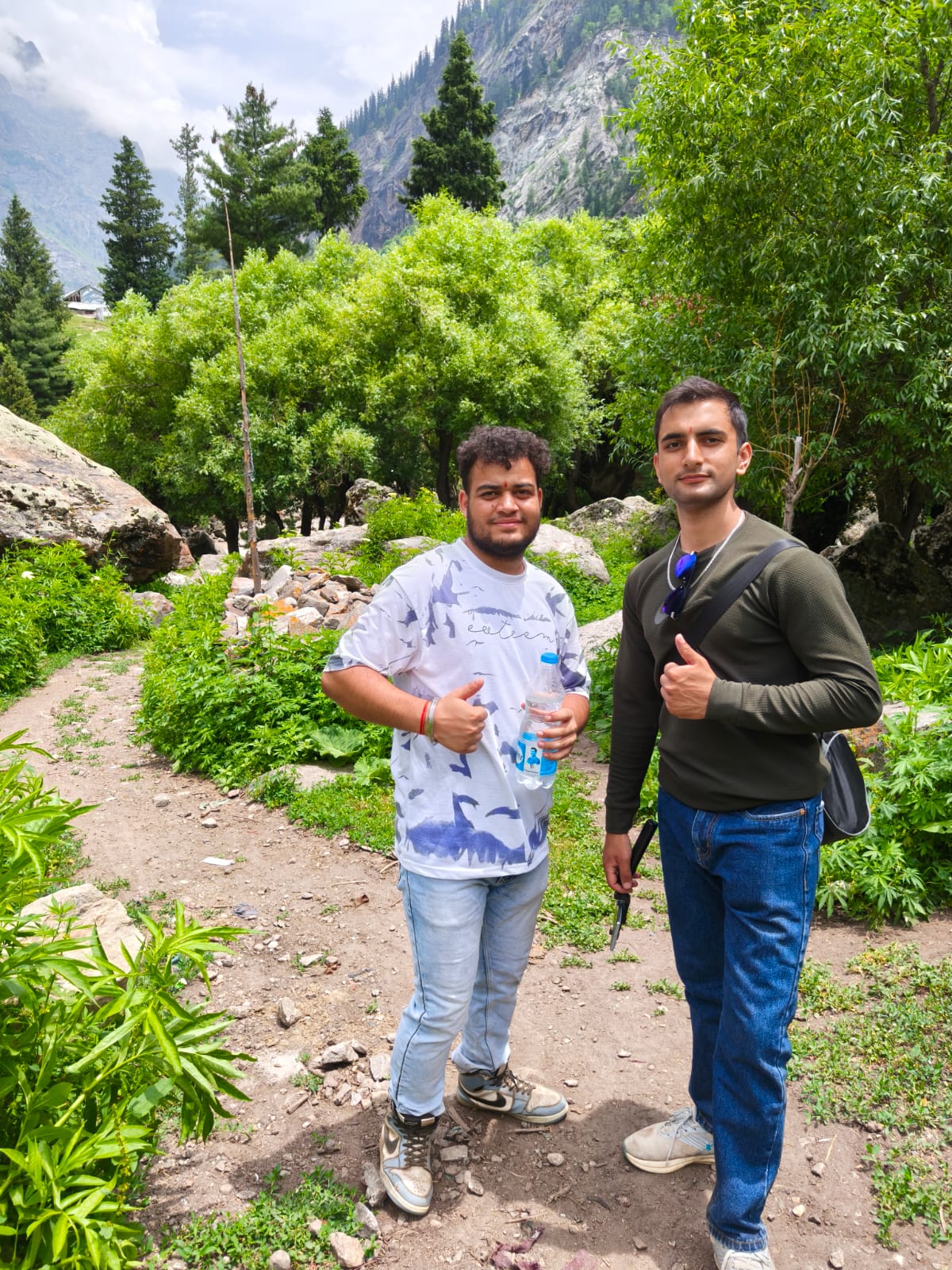
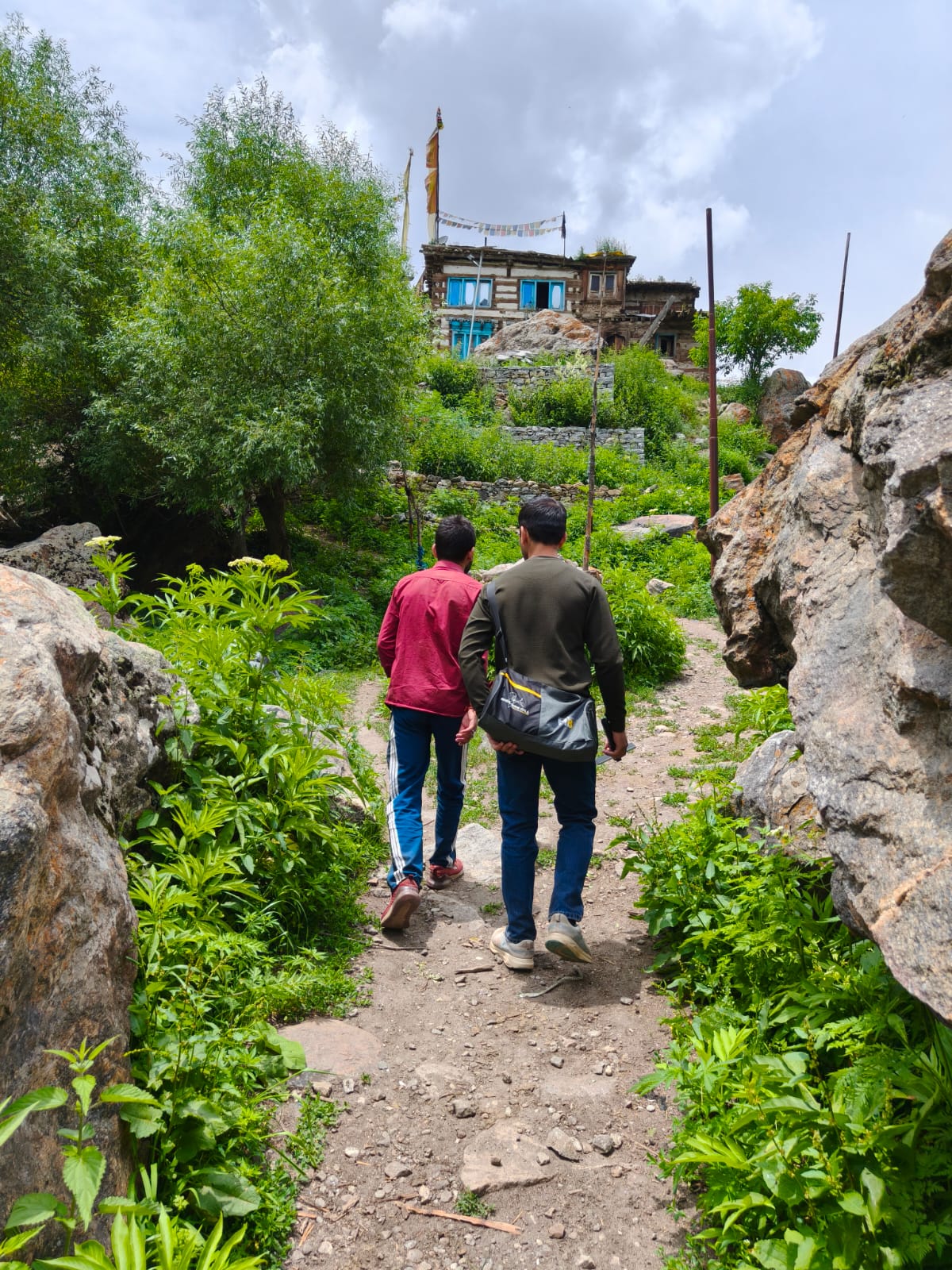
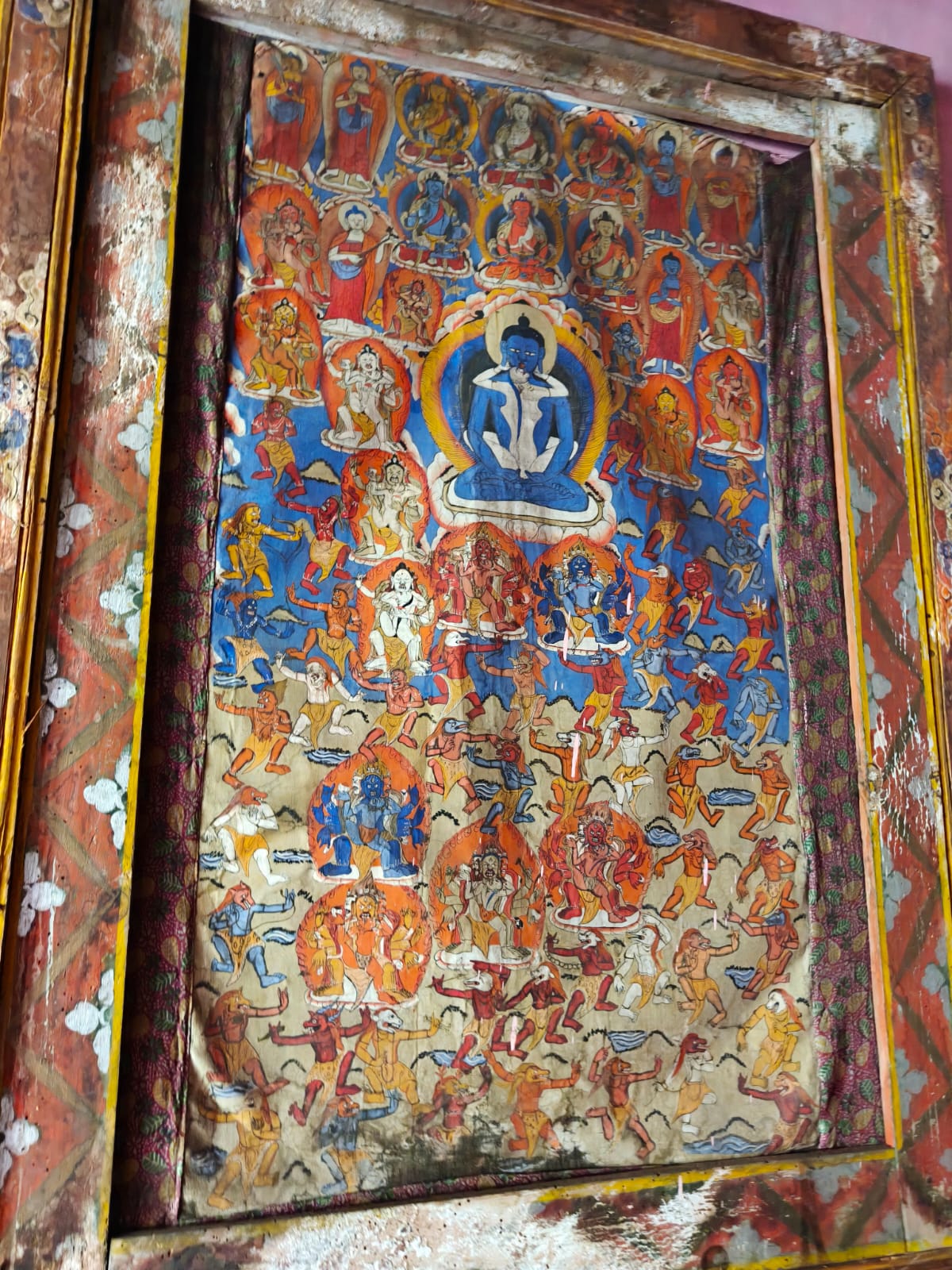
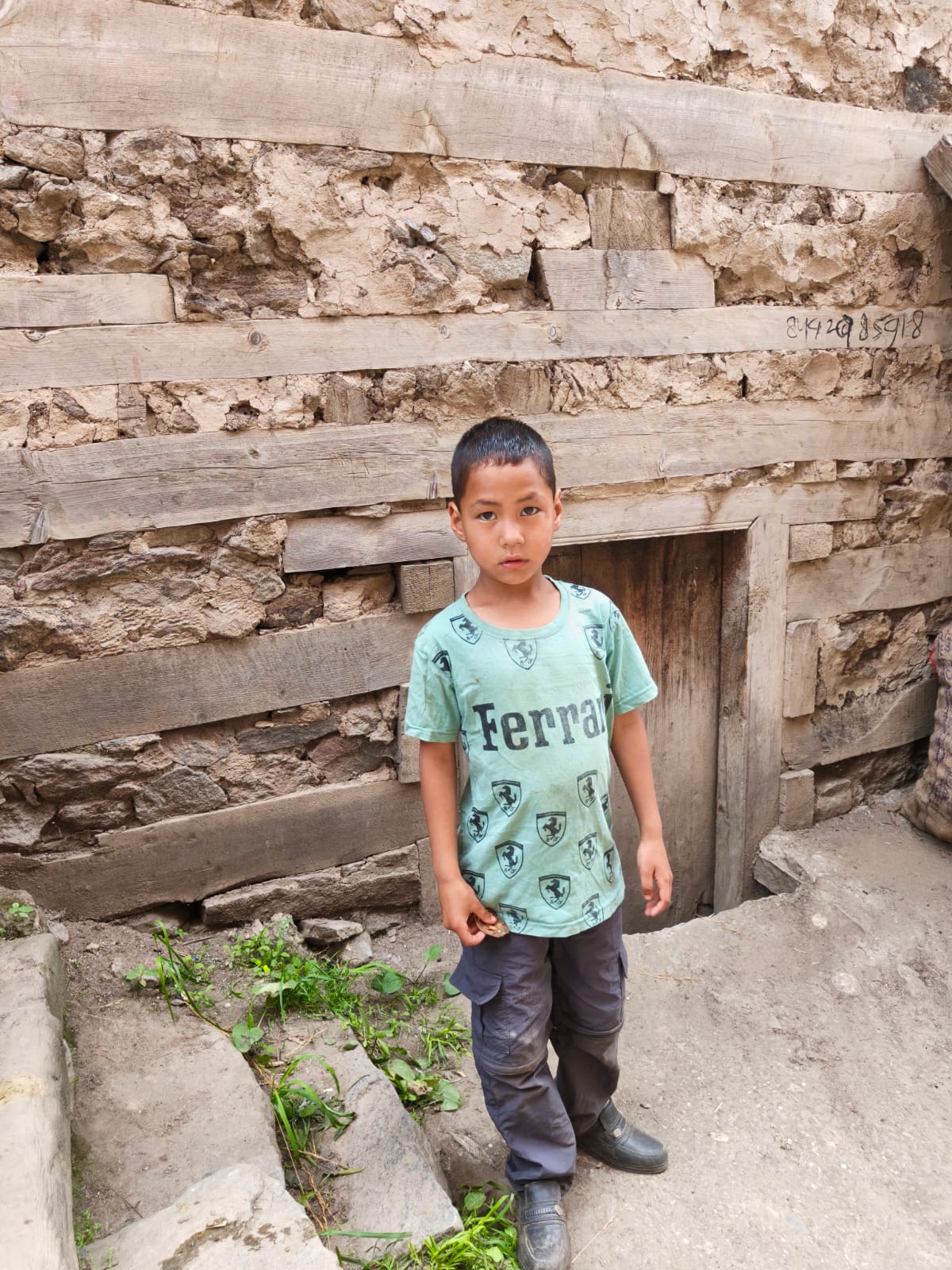
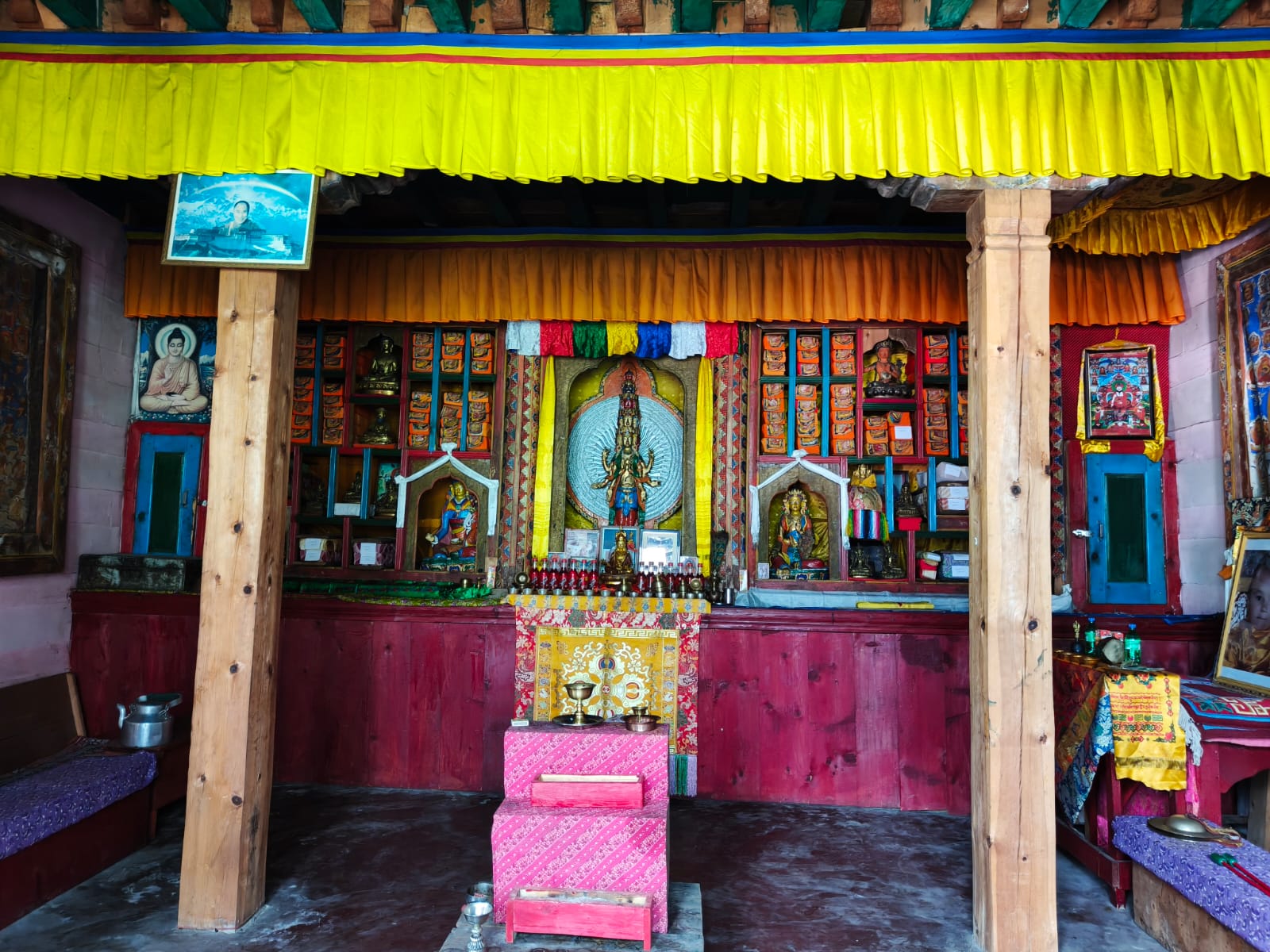
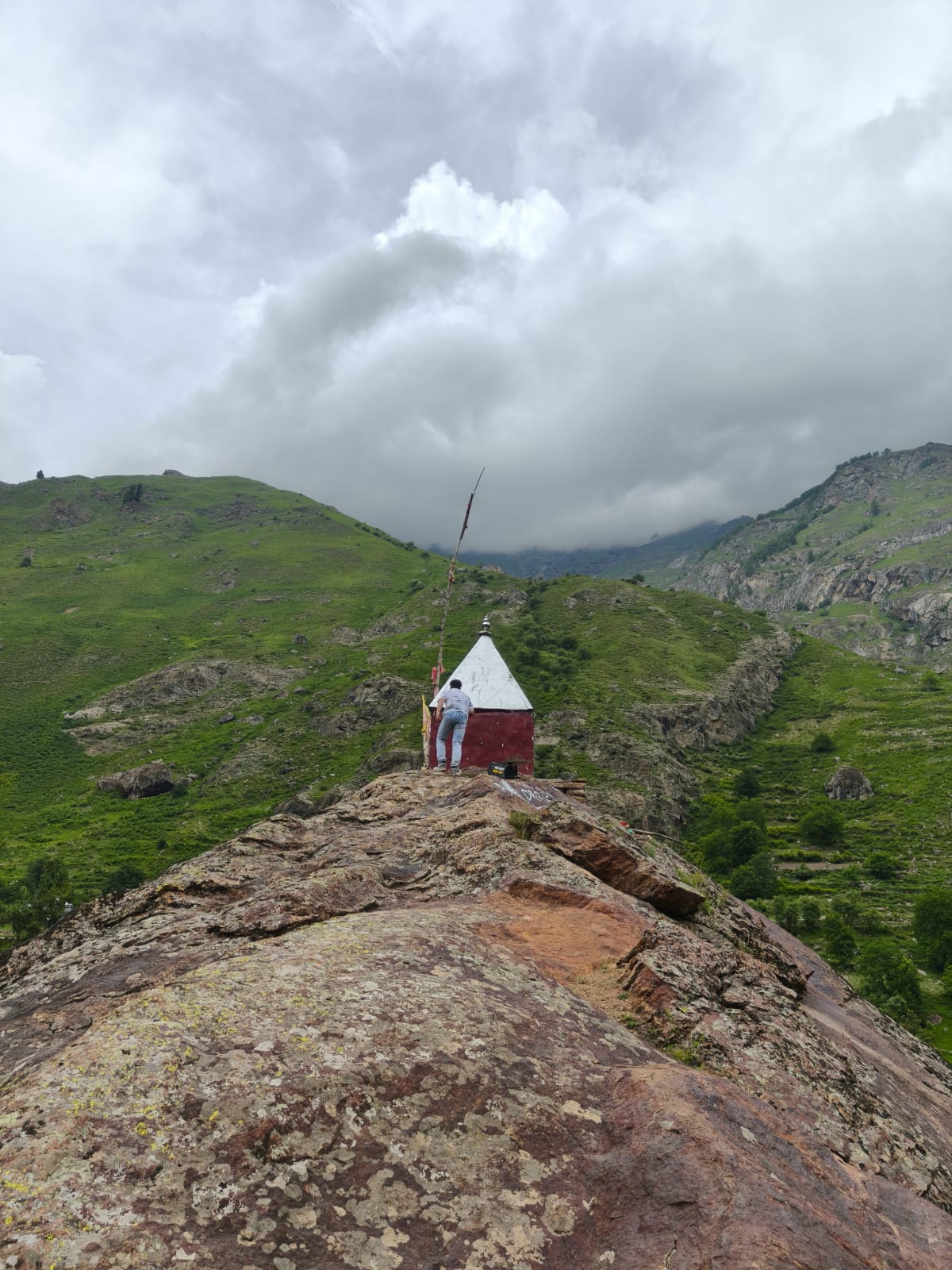
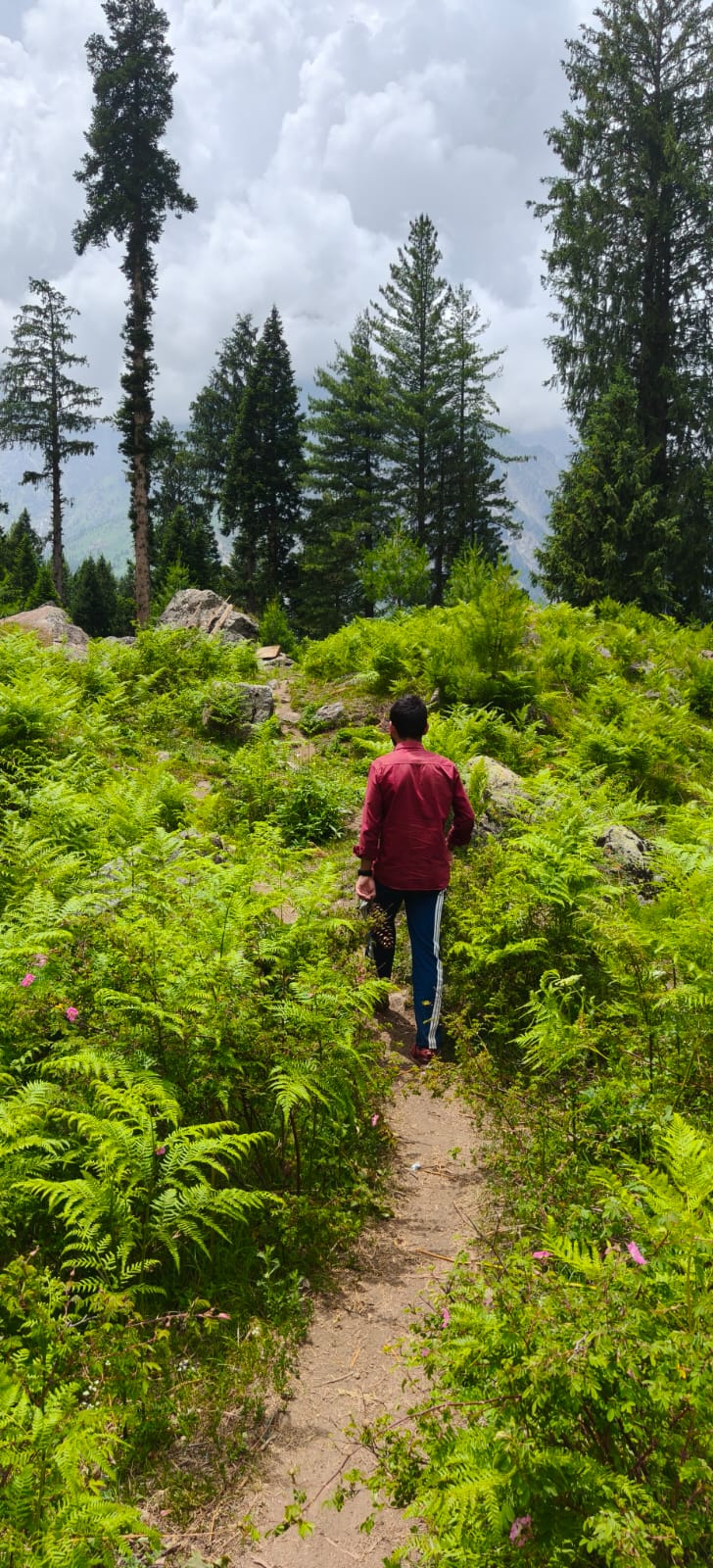
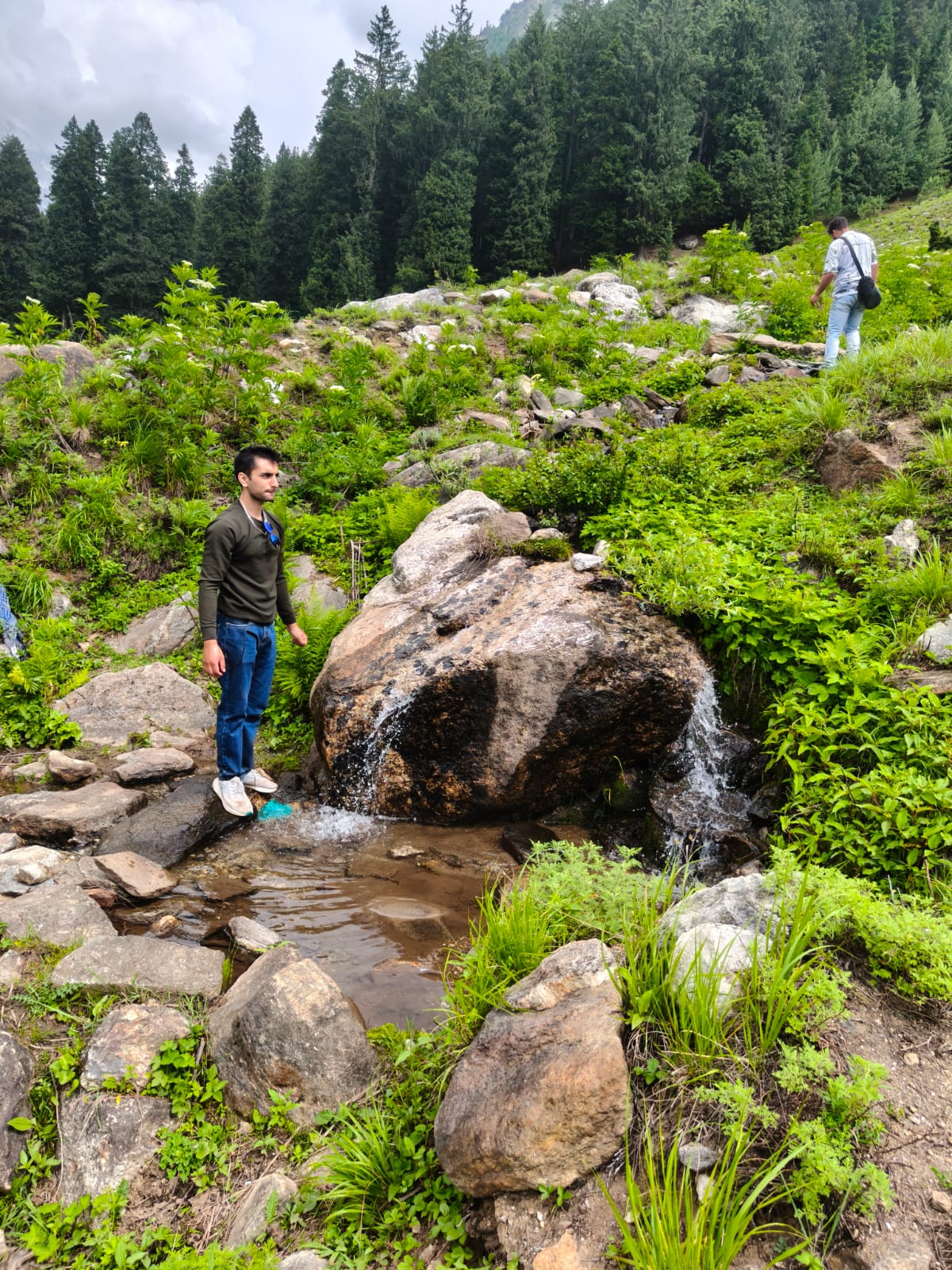
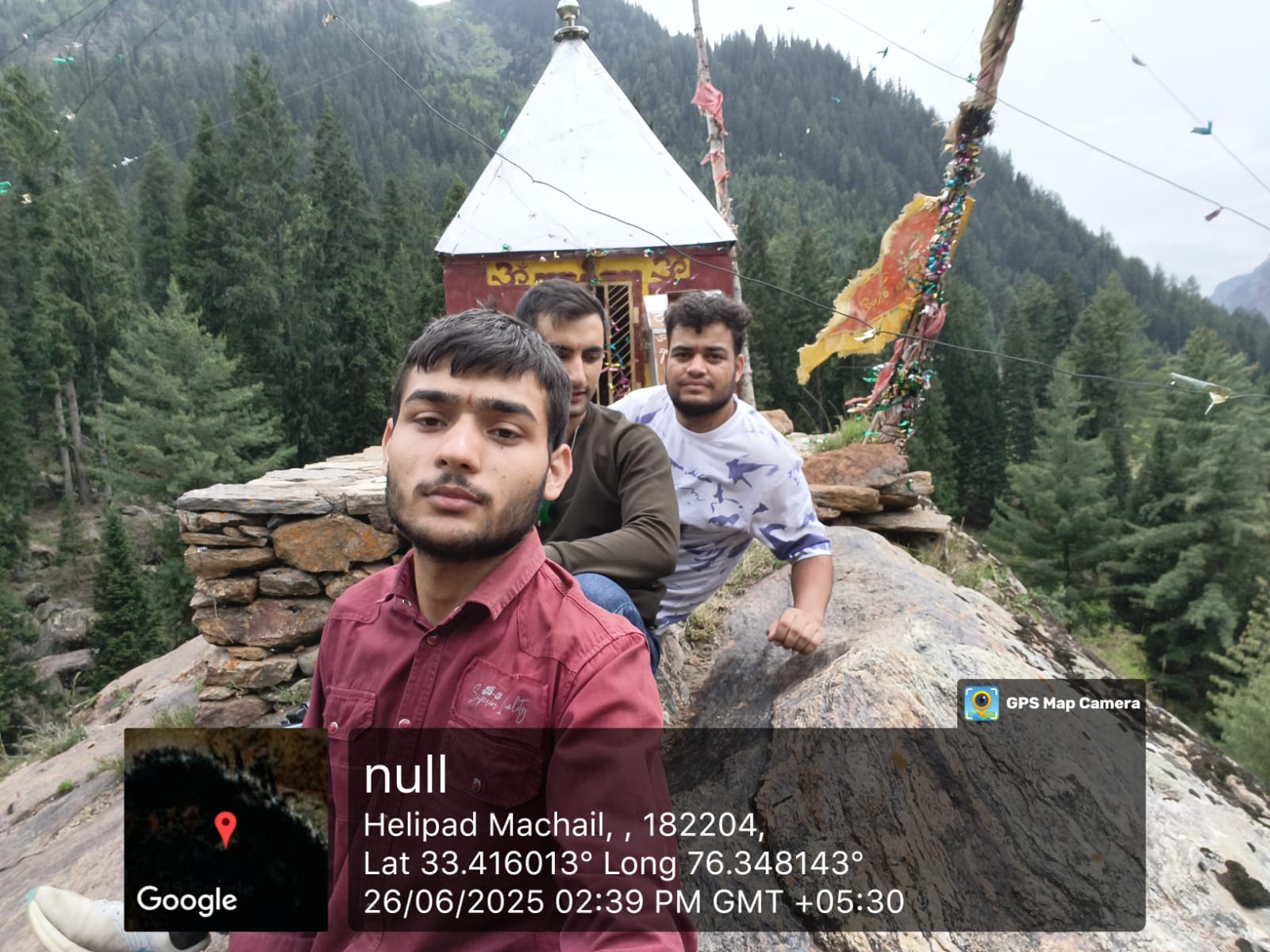
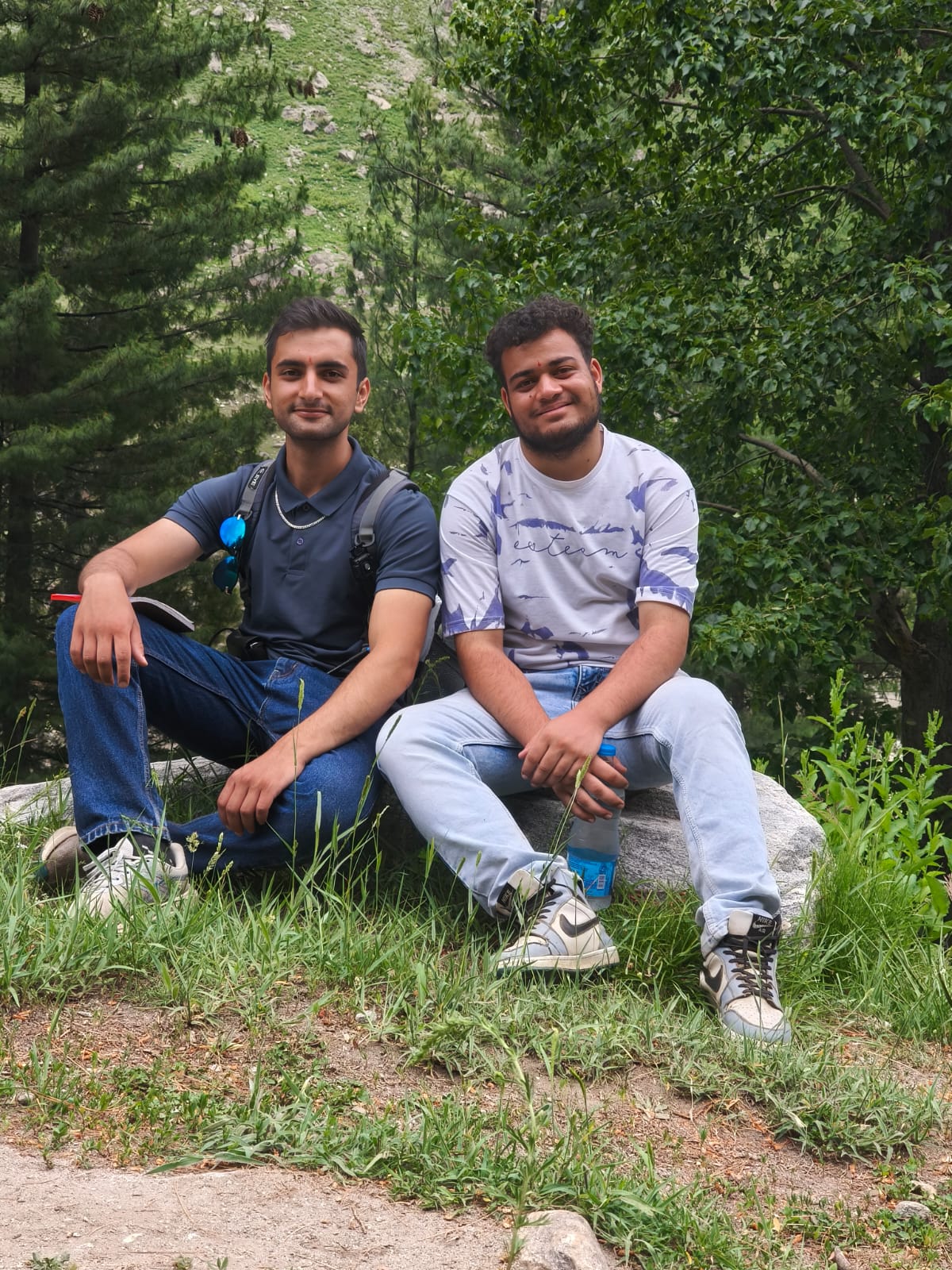
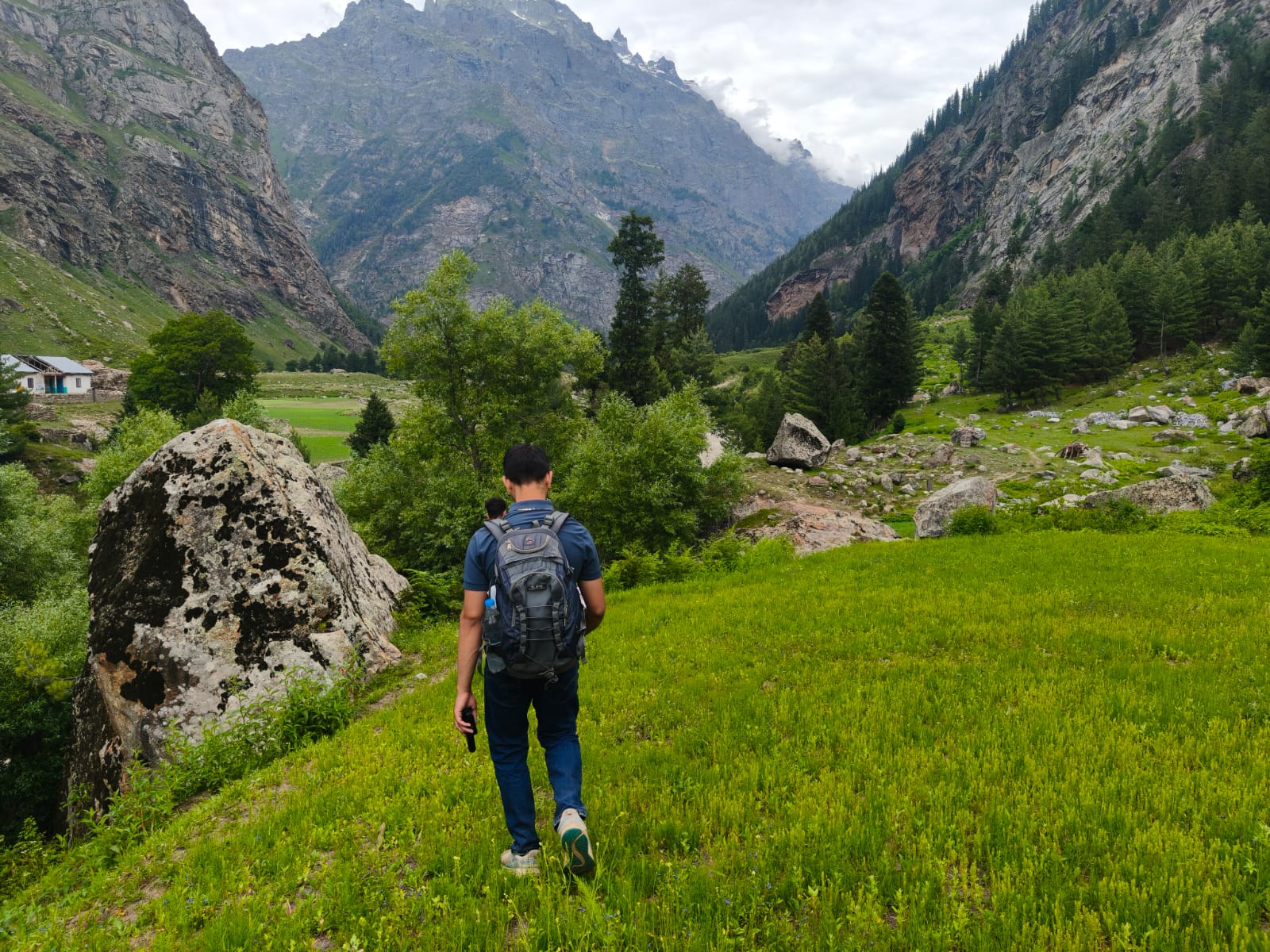
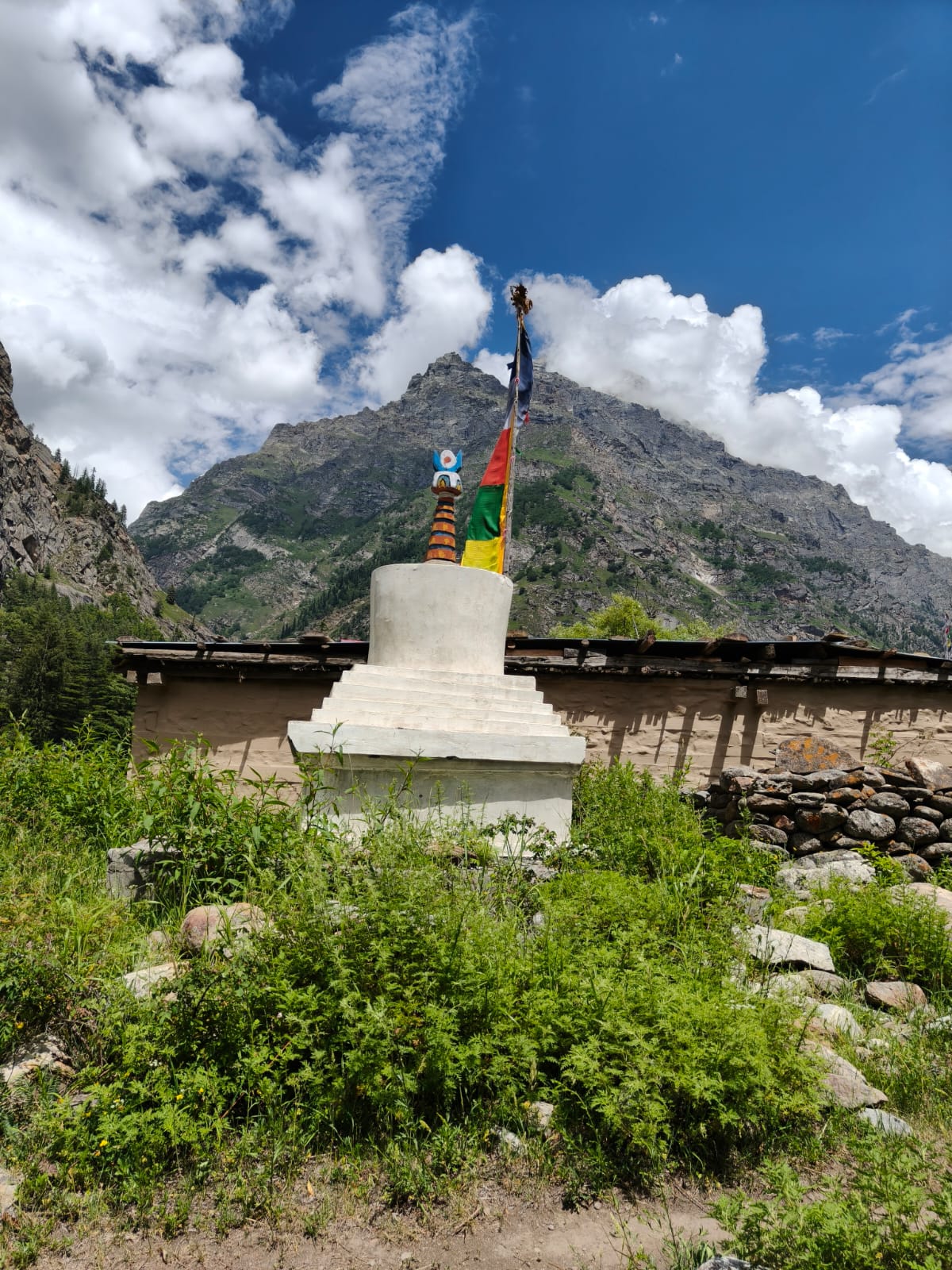
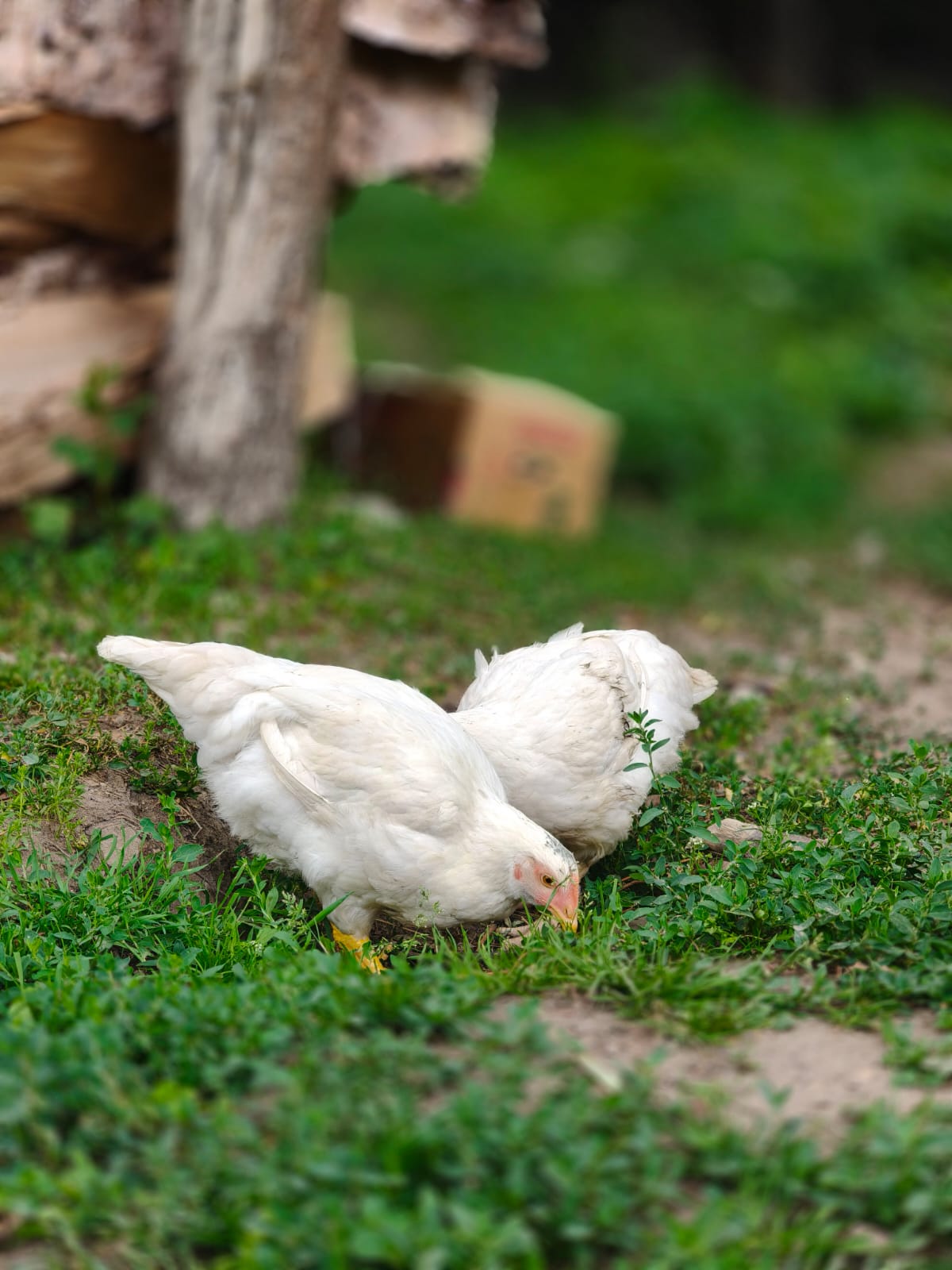
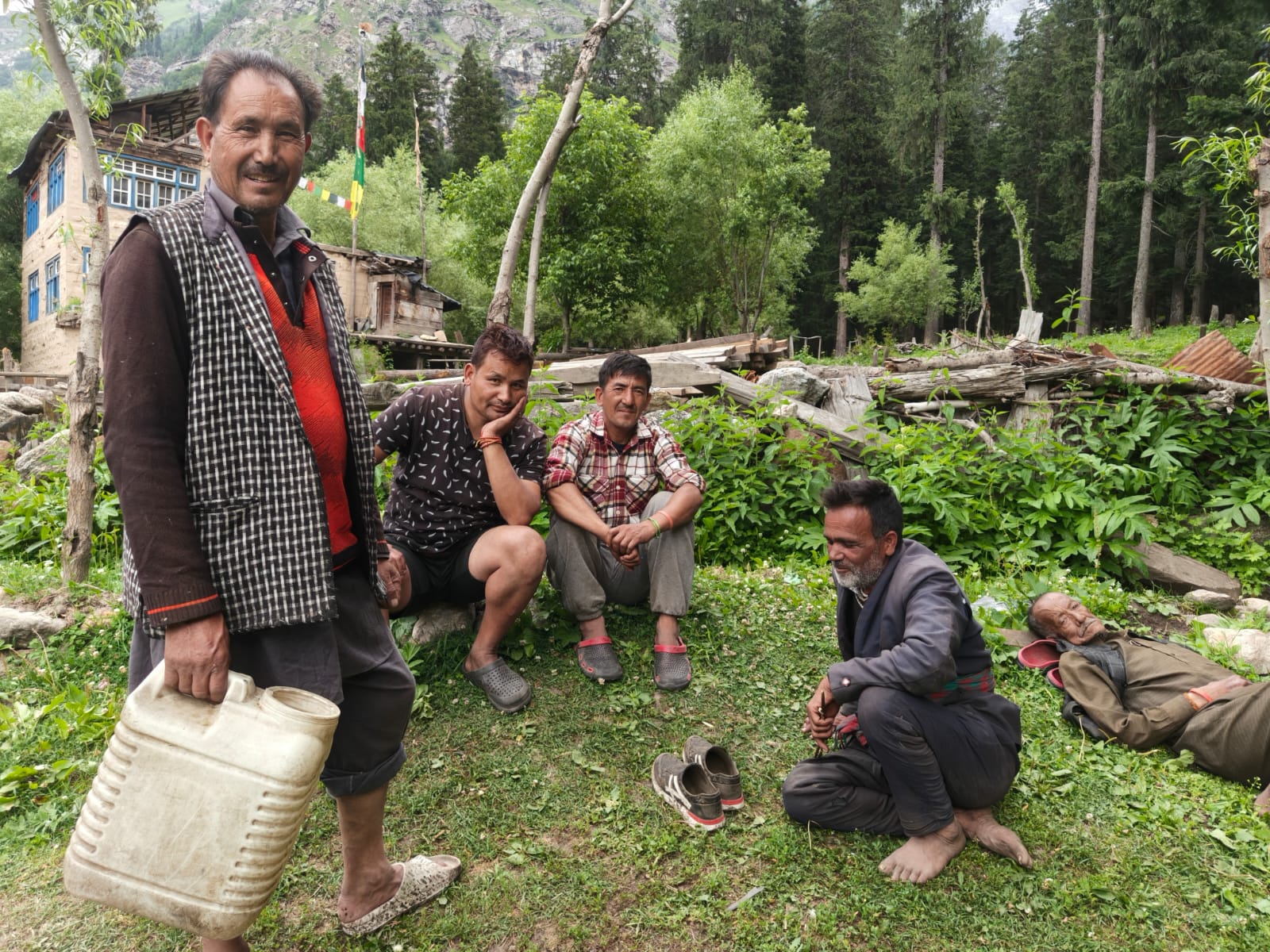
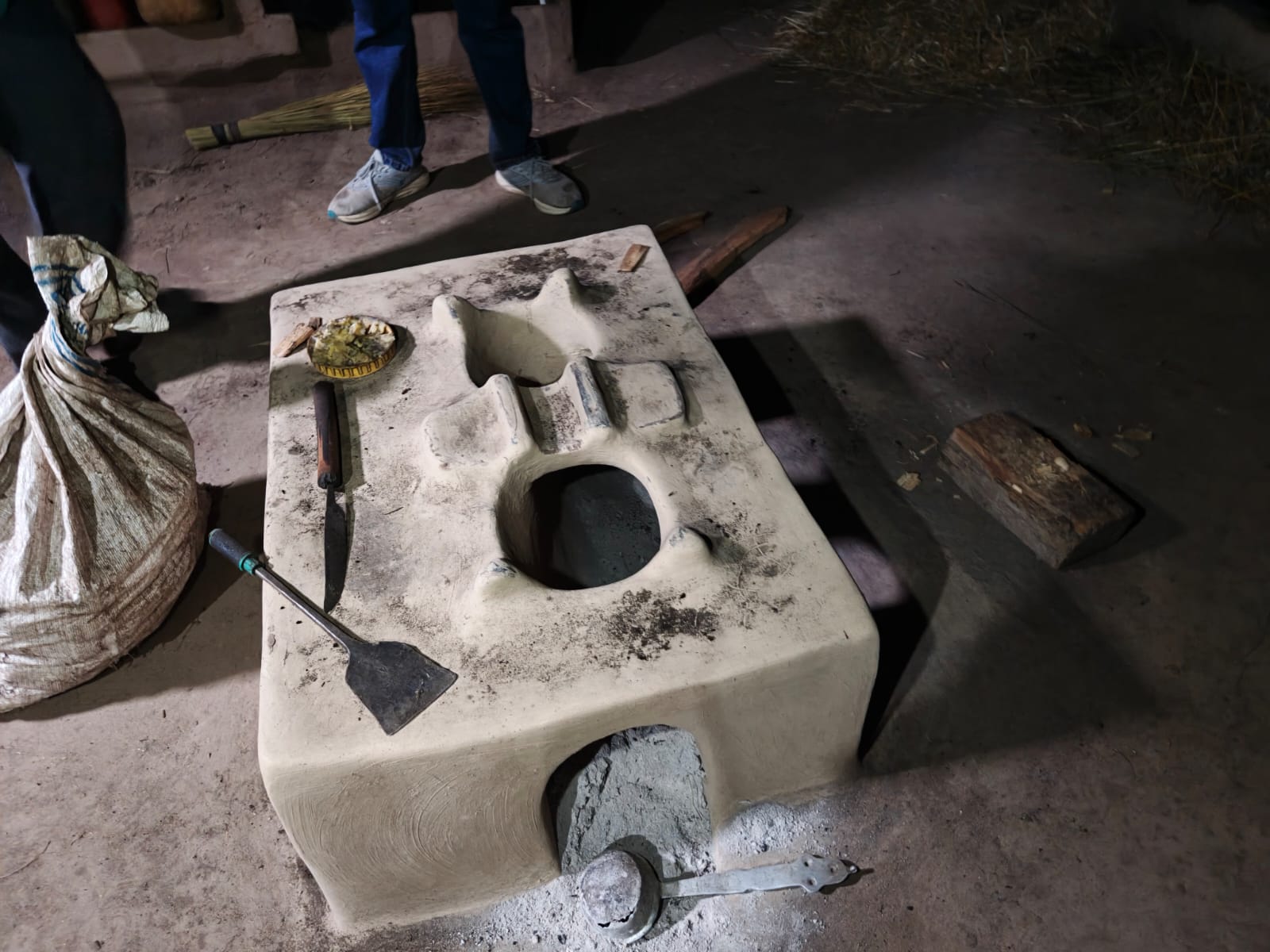



Nice